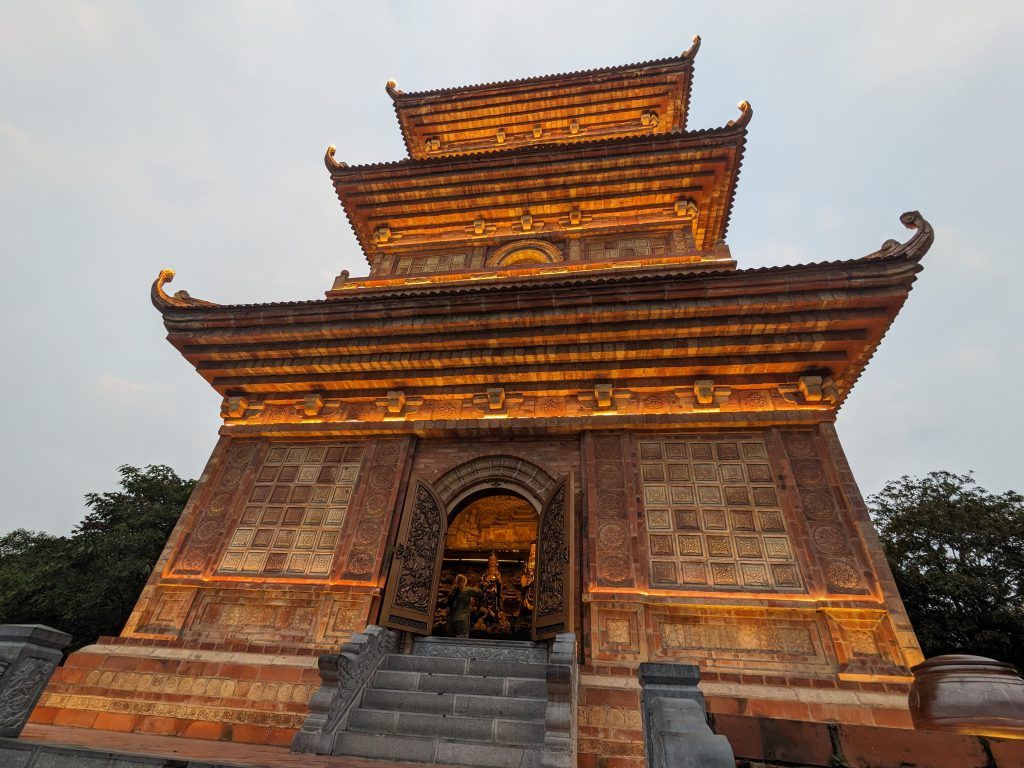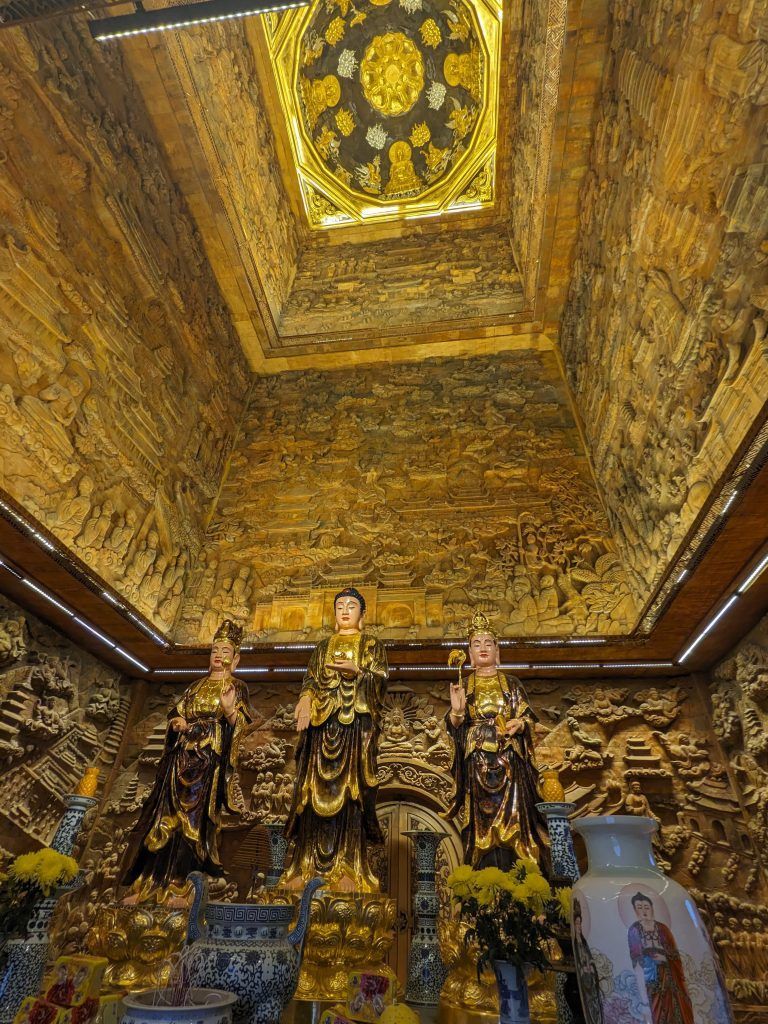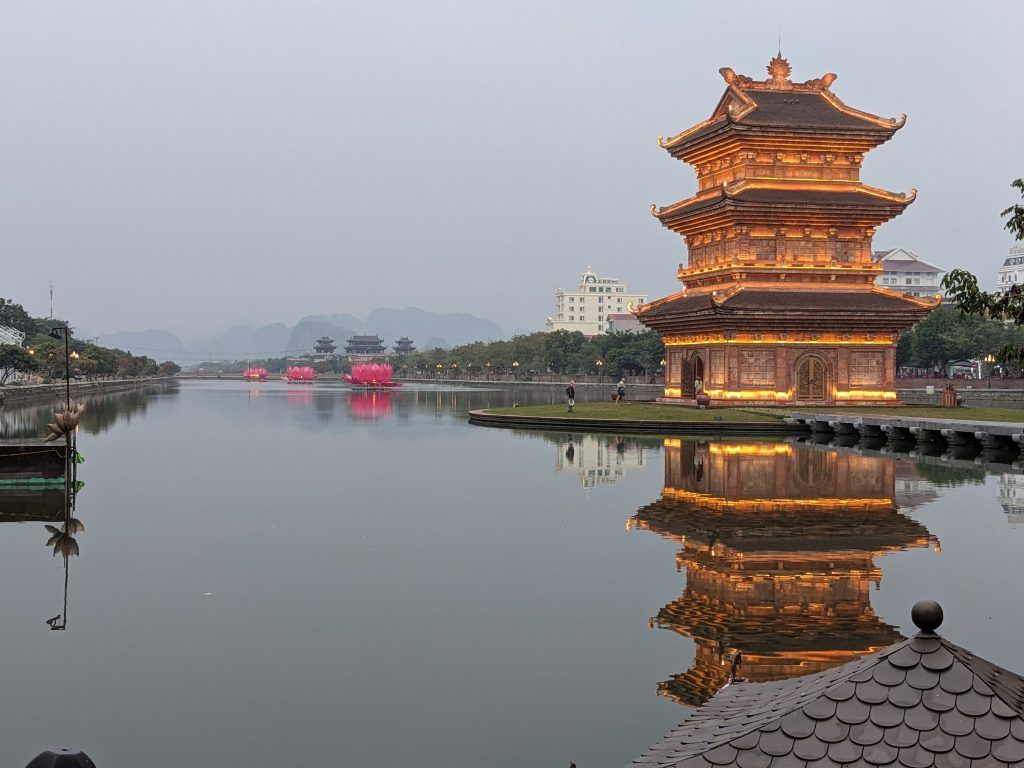F. Scott Fitzgerald famously wrote: “The test of a first-rate intelligence is the ability to hold two opposing ideas in mind at the same time and still retain the ability to function.” If you can amend that definition to that of a first rate city, then Hanoi may apply. On one hand Hanoi is a typical SE Asian large city with endless traffic, overcrowded sidewalks (including having to dodge scooters motoring by as you walk), decrepit looking buildings, and various unique smells wafting in the air. On the other hand it can have broad, lush tree lined sidewalks, tidy cafes and huge colonial French buildings giving it the air of a shadow European city. And the food is incredibly fresh and insanely cheap. As I walked from block to block I couldn’t tell if I really loved this city or couldn’t wait to leave it.
I also took some fantastic tours to the magnificent areas surrounding Hanoi. First was a two day trip to Bai Tu Long Bay. Then there were two day trips to the Ninh Binh area. Those are at the bottom of this post.
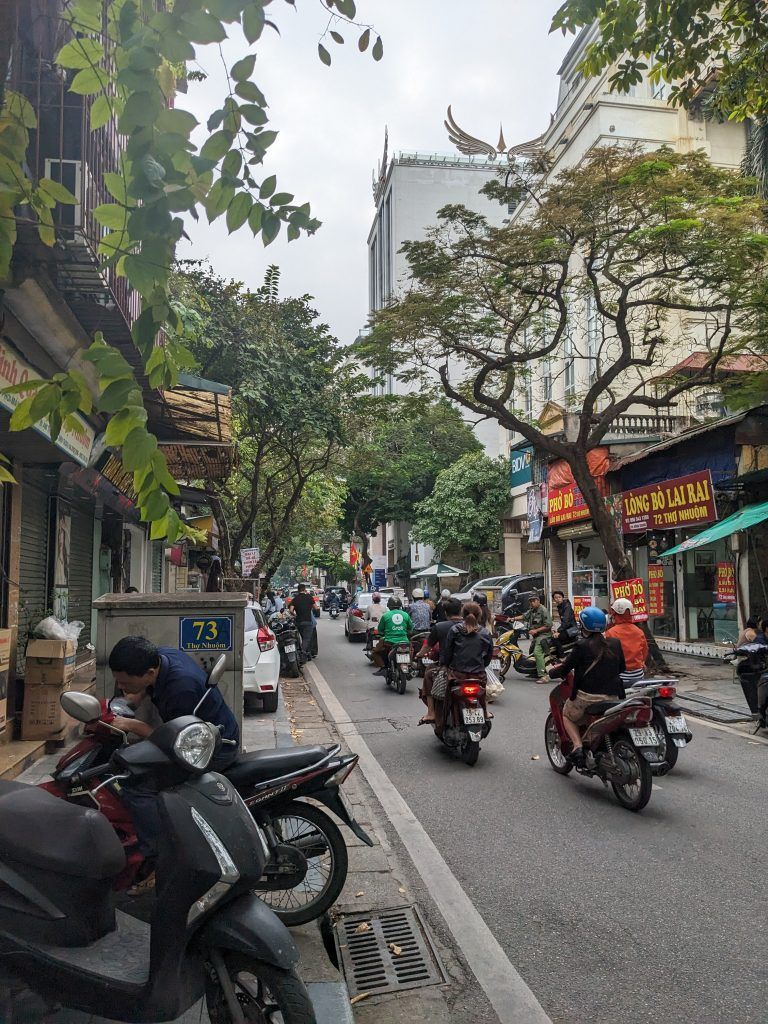

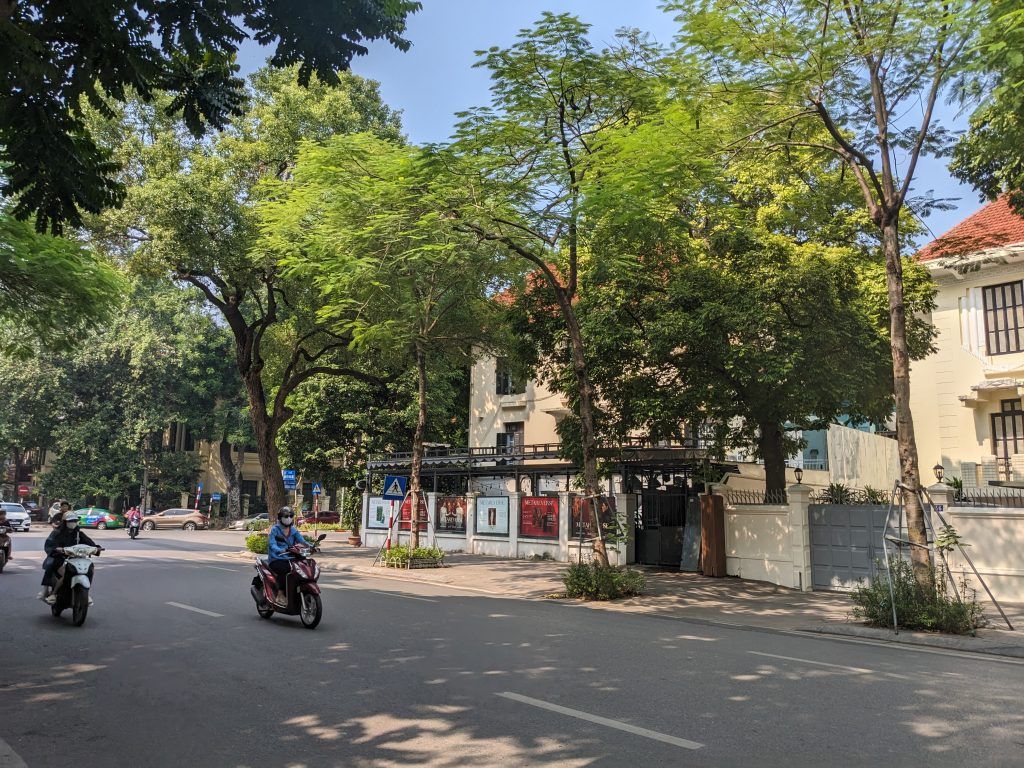
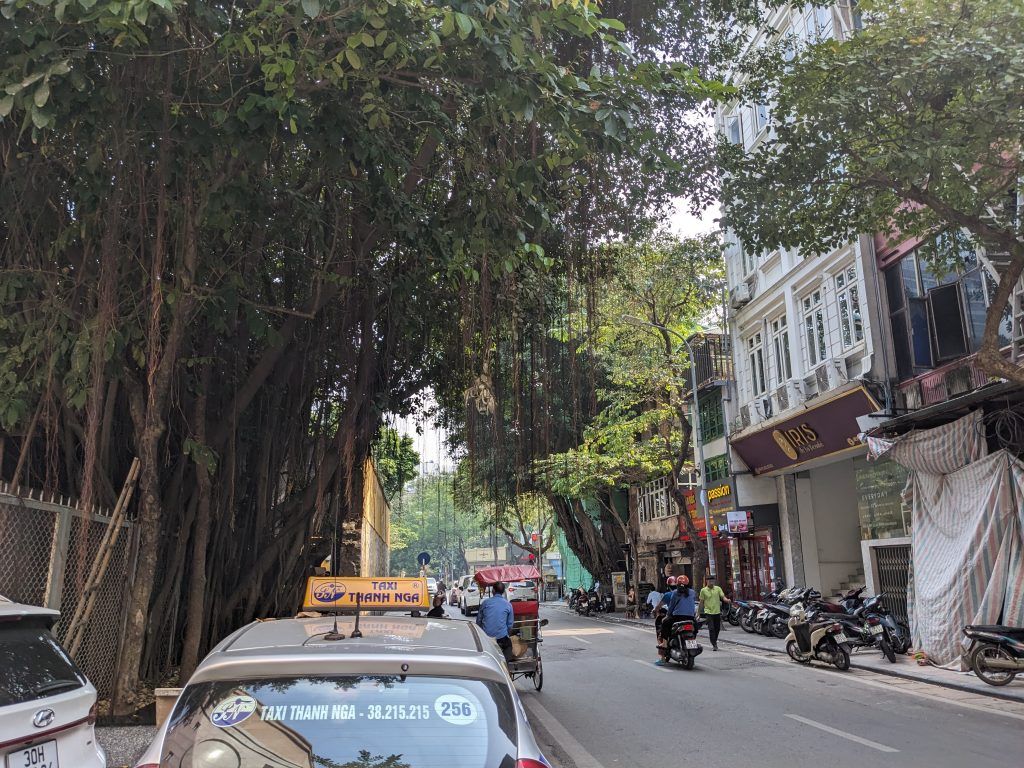
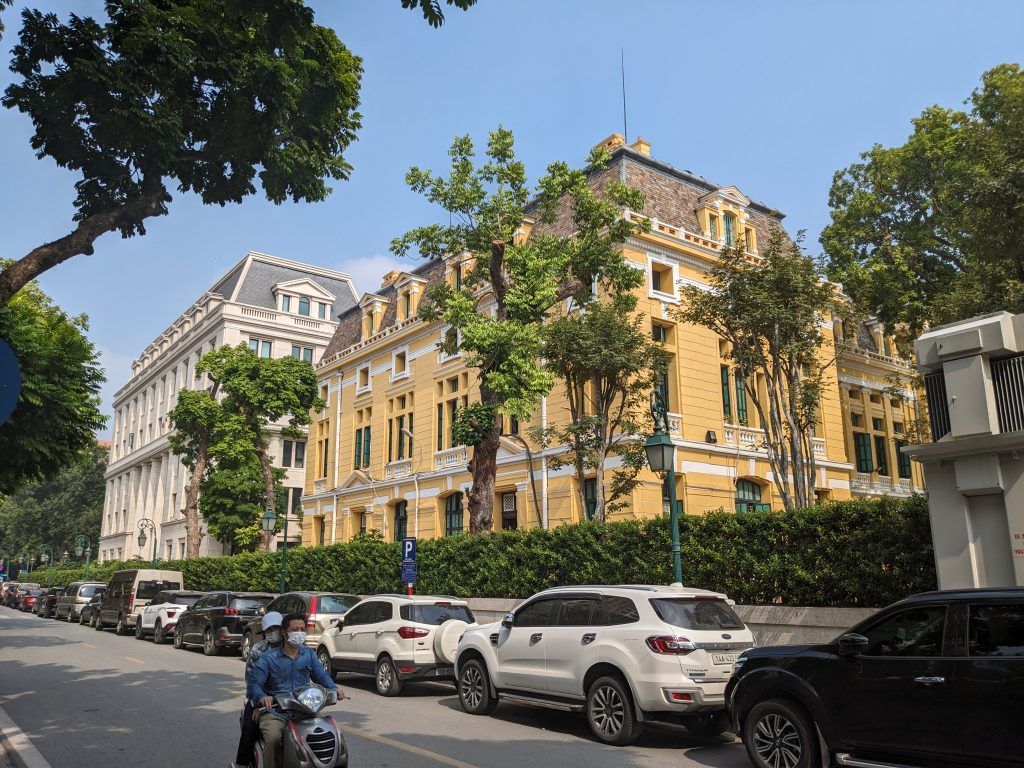
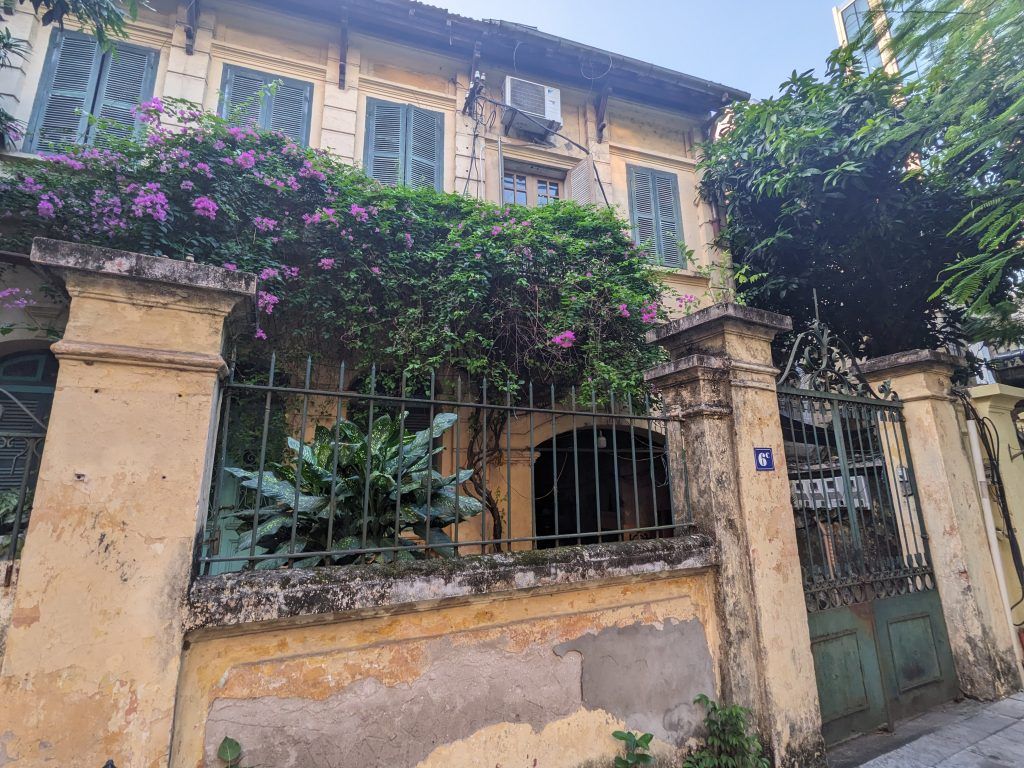
One of the fascinating aspects of Hanoi is that the primary train route in and out of the city snakes through a series of really tight neighborhoods. You can walk up and down the tracks and there are multiple cafes next to the tracks, hence the name Train Street. Having a beer or a coffee and watch the train rumble by is one of the most popular tourist attractions in the city.

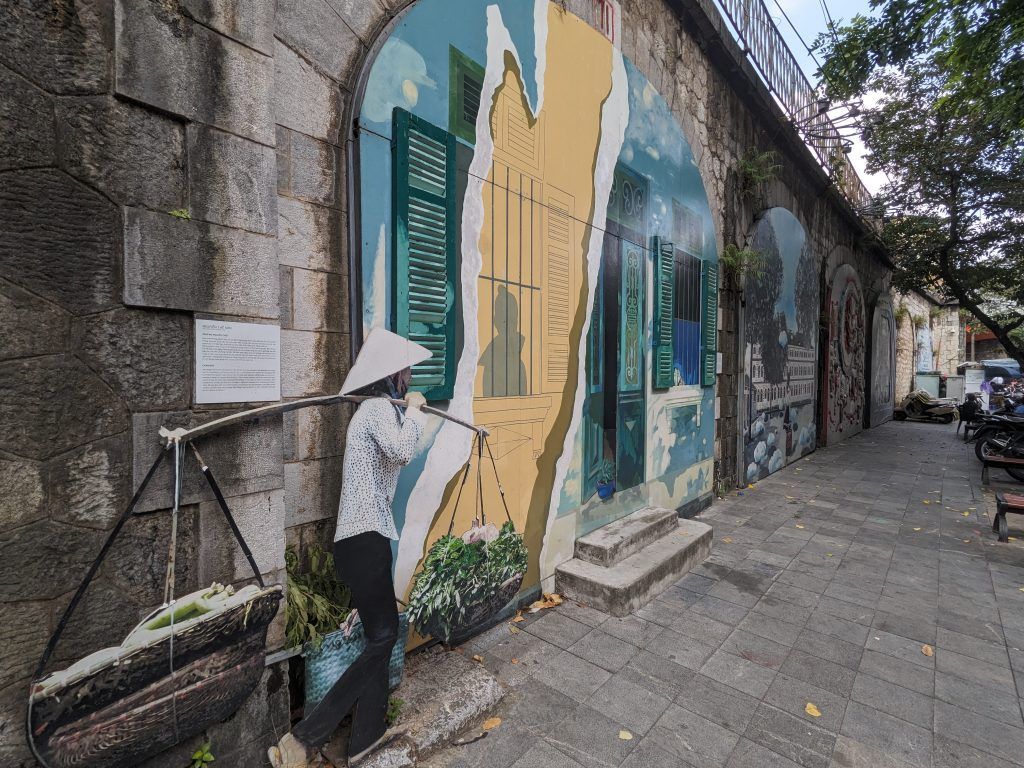
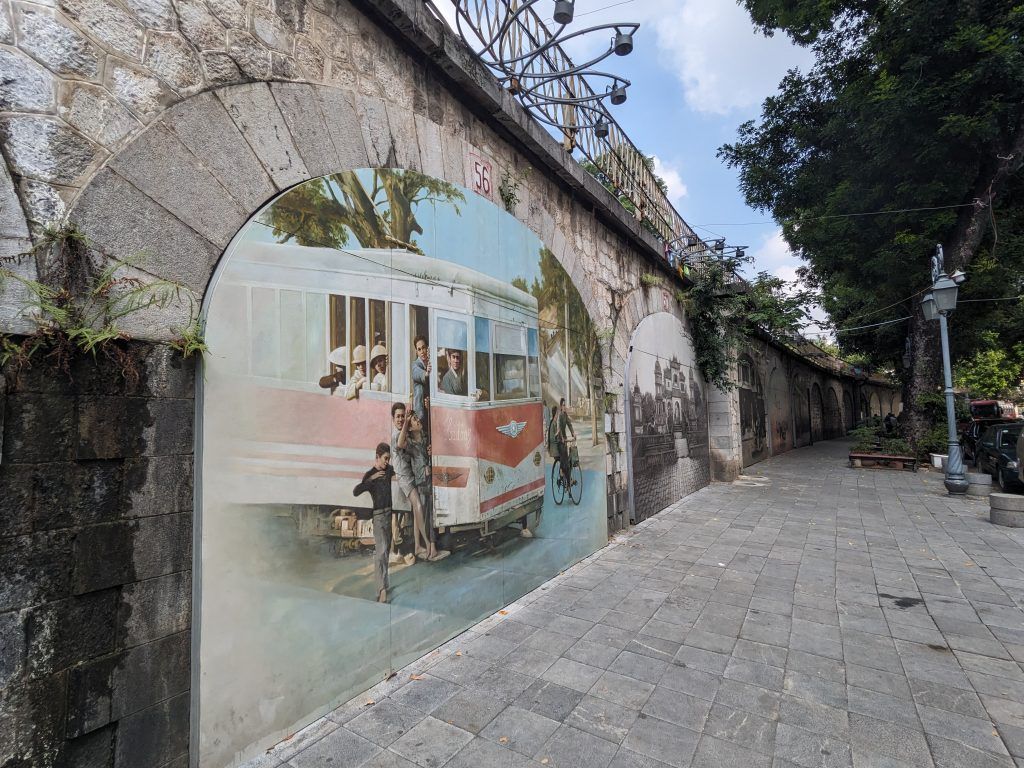
There’s actually a small park called B52 Park that has the remnants of a shot down US B52 bomber from the war.
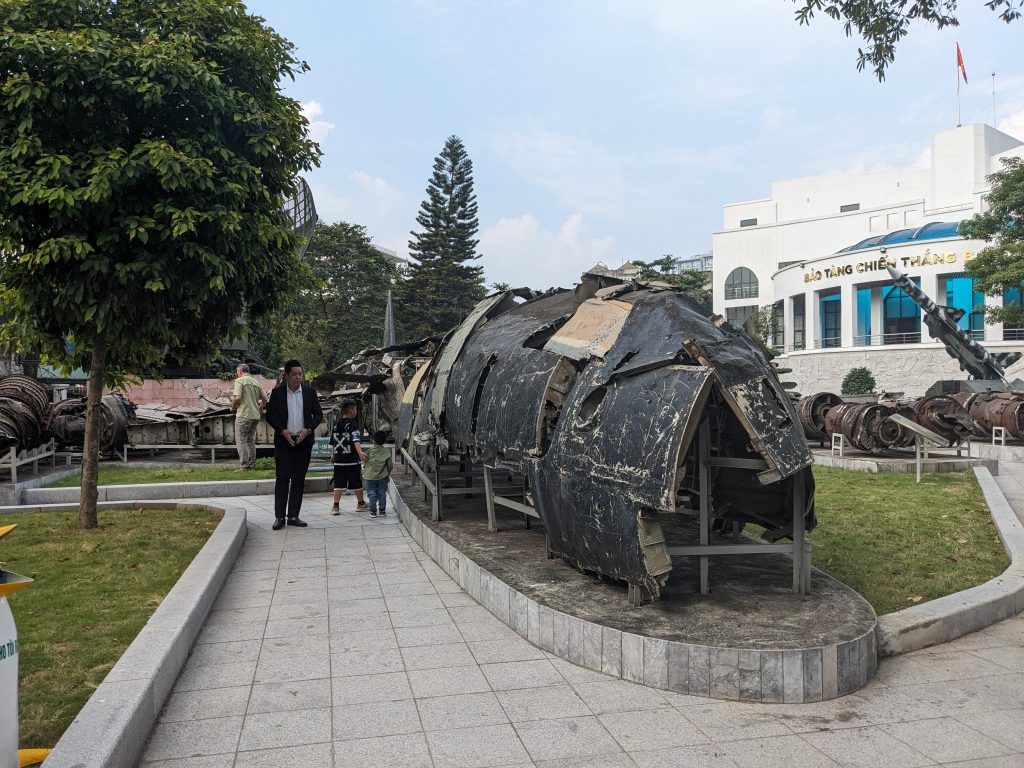
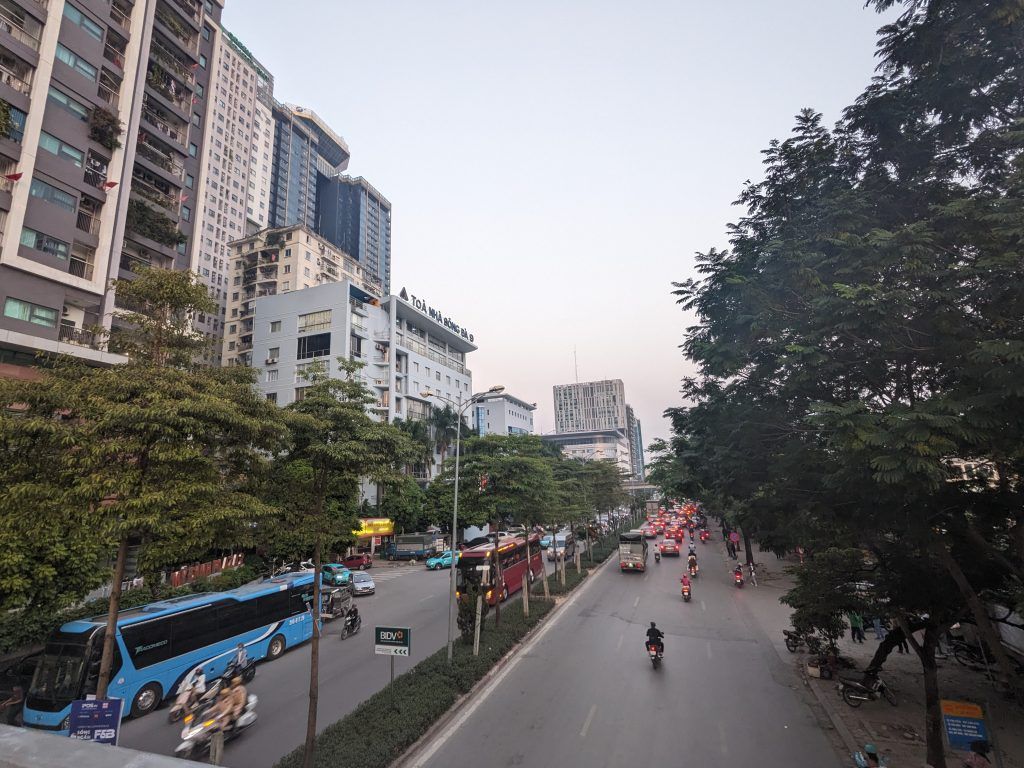
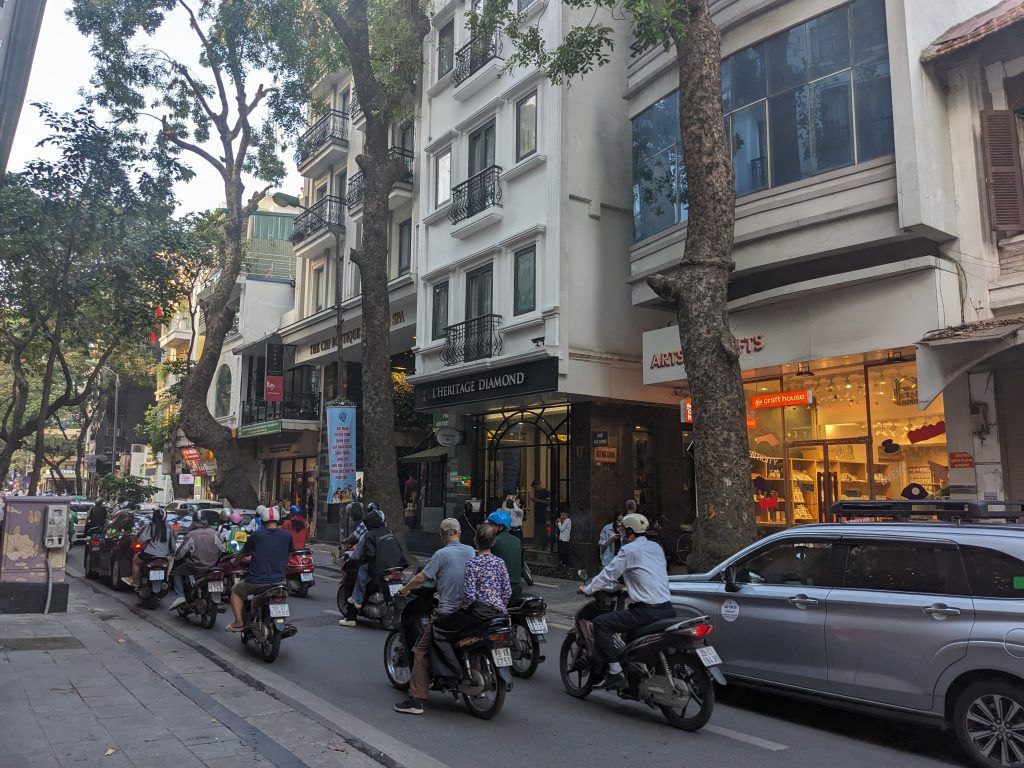
My typical breakfast; a large, hot, fresh egg and pate banh mi sandwich with hot tea out on the sidewalk for less than $1.50. Banhi mi is essentially a French baguette with various kinds of meat in it. It’s a wonderful Vietnamese twist on a French staple.
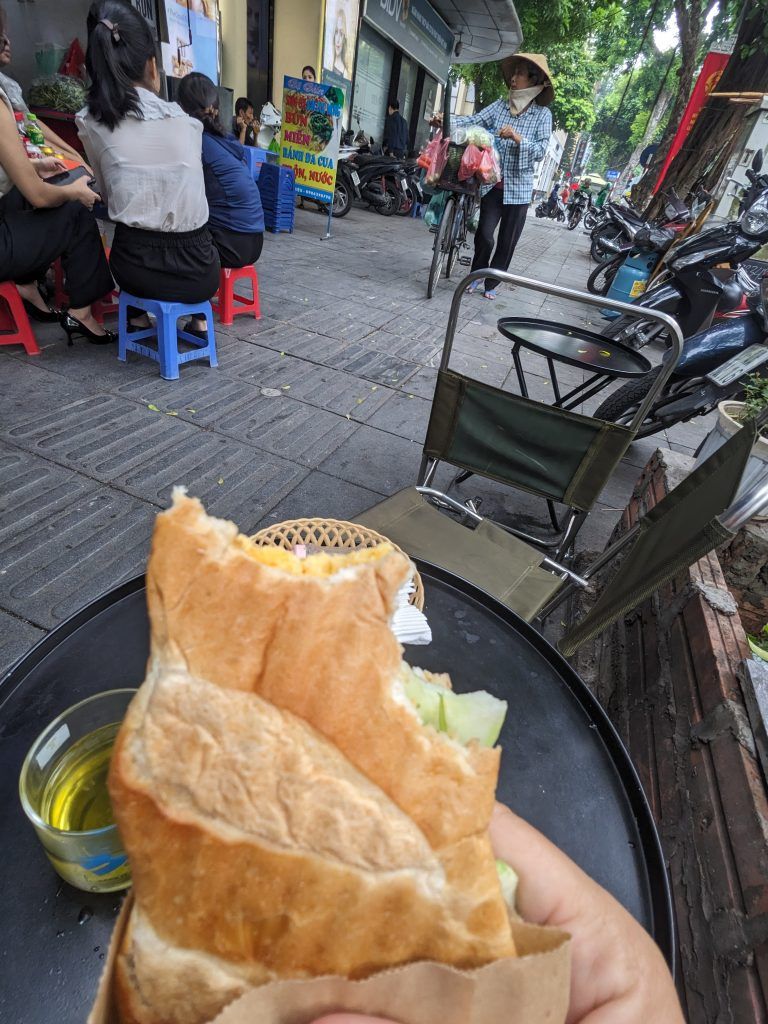

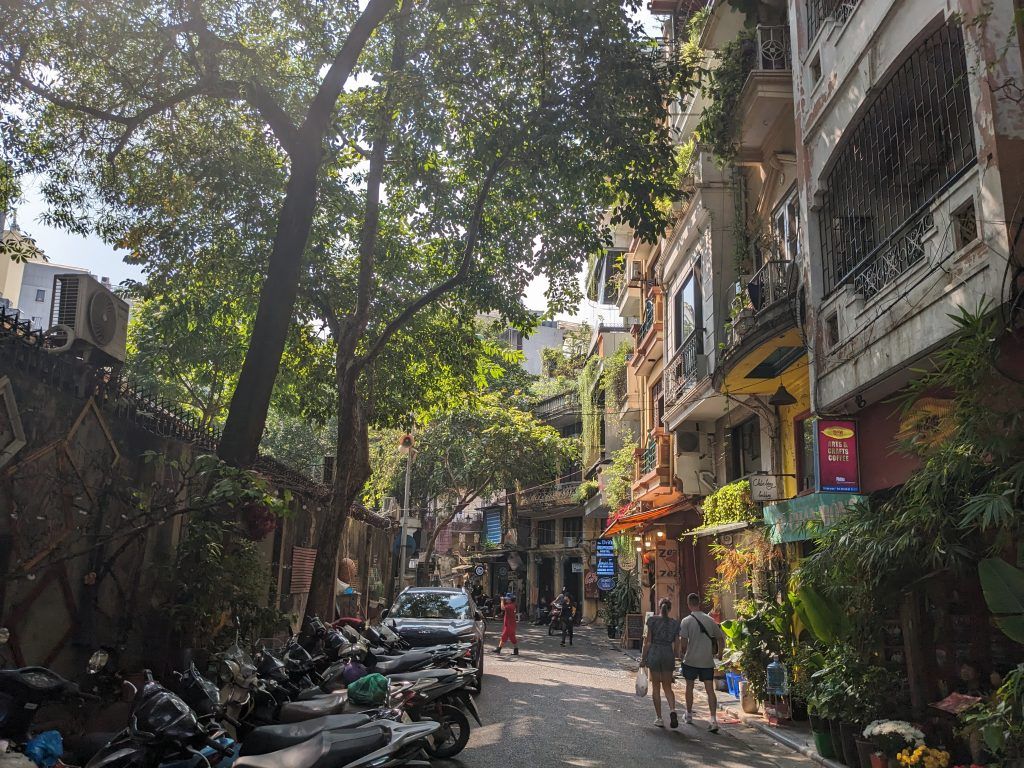
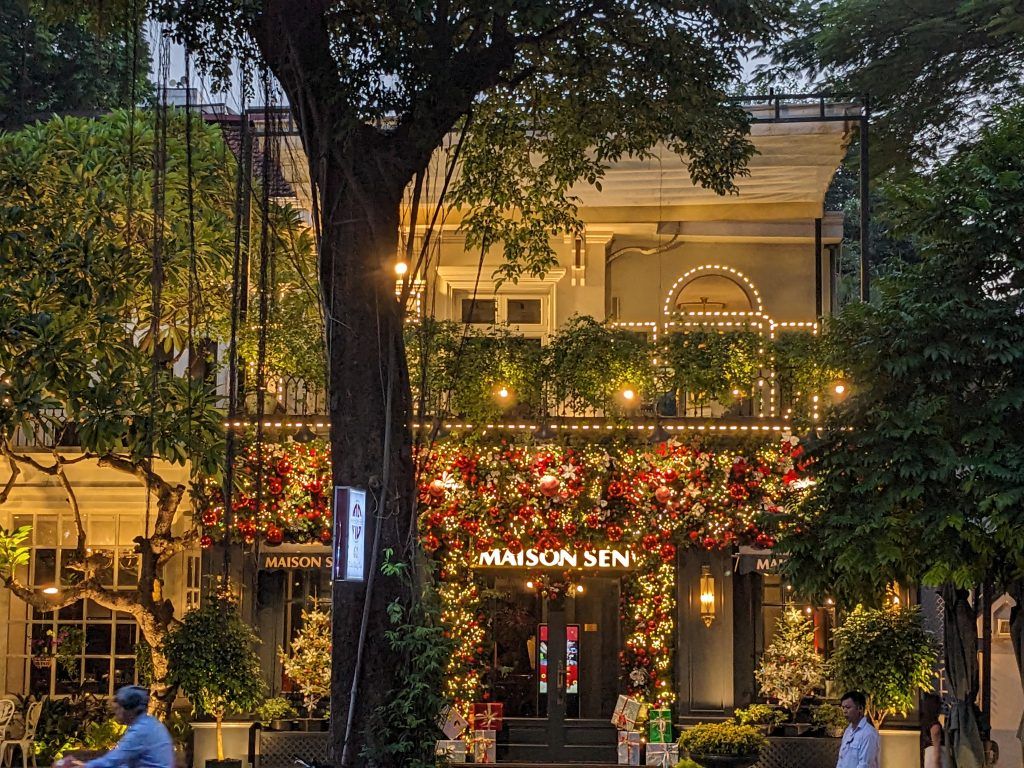
Food Tour
One of the first things I did was to go on a local food tour. We went to six small places, mostly sitting on small chairs out on the sidewalk, like the locals do.
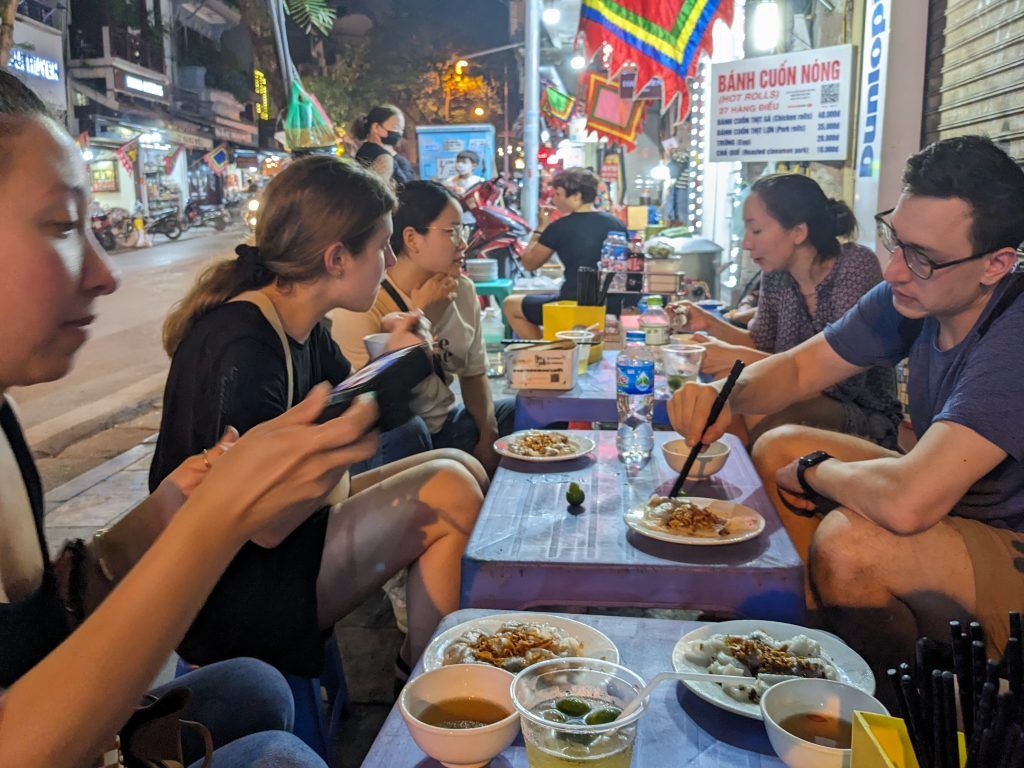
The shrimp pancakes, pho rolls and summer rolls.

The duck with garlic.
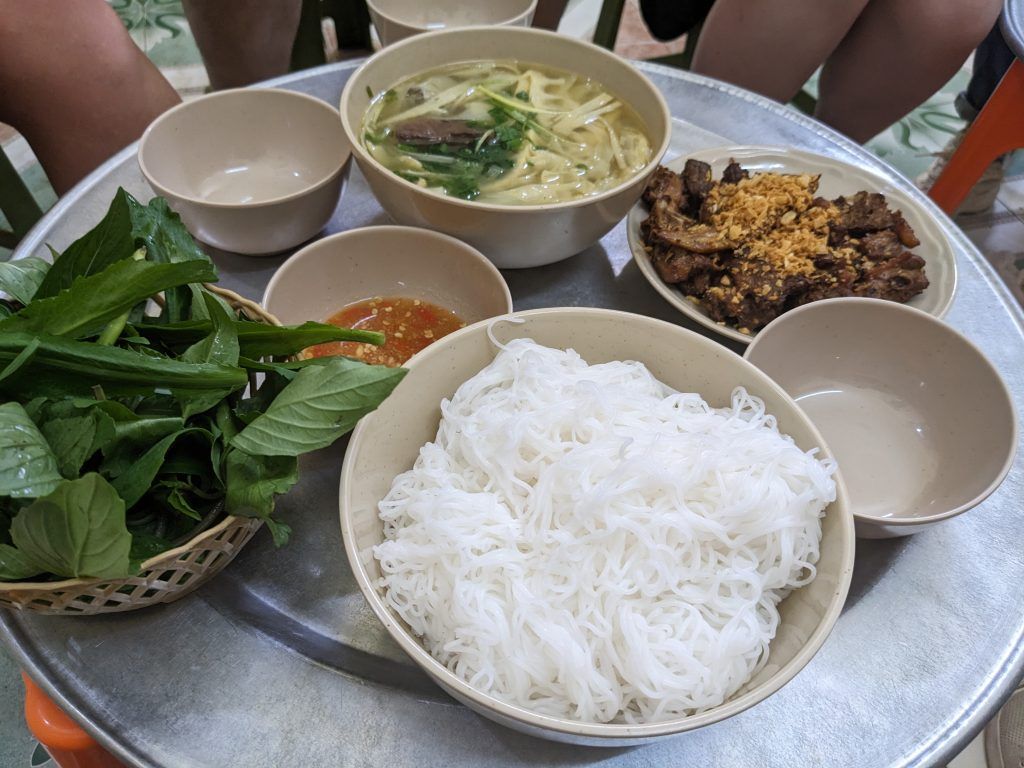
The barbequed pork.
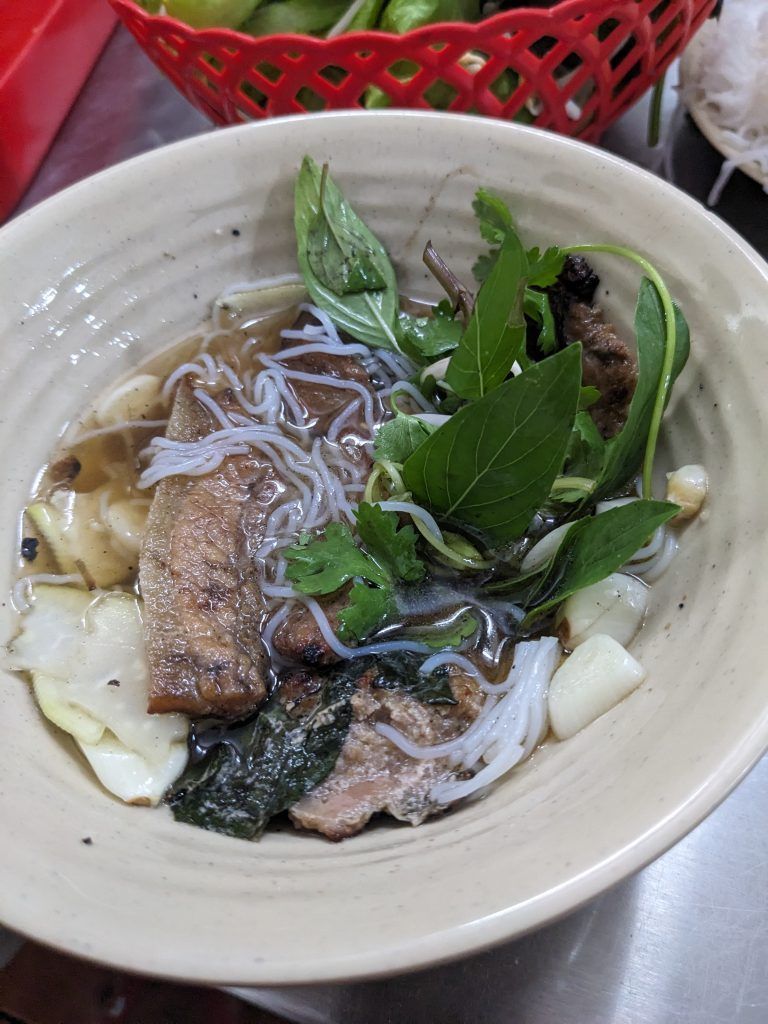


The full itinerary as sent from our guide after we finished:
- Banh tom – shrimp pancakes
- Pho cuon – pho rolls
- Banh ran – fried donut
- Pho cuon – summer rolls
- Mien luon xao – stir fried noodle with eels
- Ngan chay toi – stir fried duck with garlic
- Banh cuon nong – steamed rice pancakes
- Bun cha – pork barbecued with fermented noodles
- Sua chua thach la nep – yogurt with pandan jelly and coconut jelly,
- Sua chua nep cam – yogurt with black sticky rice
- Hoa qua dam kem – mixed fruits with ice cream
Bun Cha Obama
When Obama was president he visited Vietnam. As part of that visit he met Anthony Bourdain at a traditional family run Hanoi noodle restaurant. It’s a fascinating story: https://vietcetera.com/en/the-story-behind-obamas-bun-cha
And here’s part of the actual video.
Mr Phong wanted to take me to the restaurant. I, of course, ordered the Combo Obama. It was excellent, and cost less than $5.
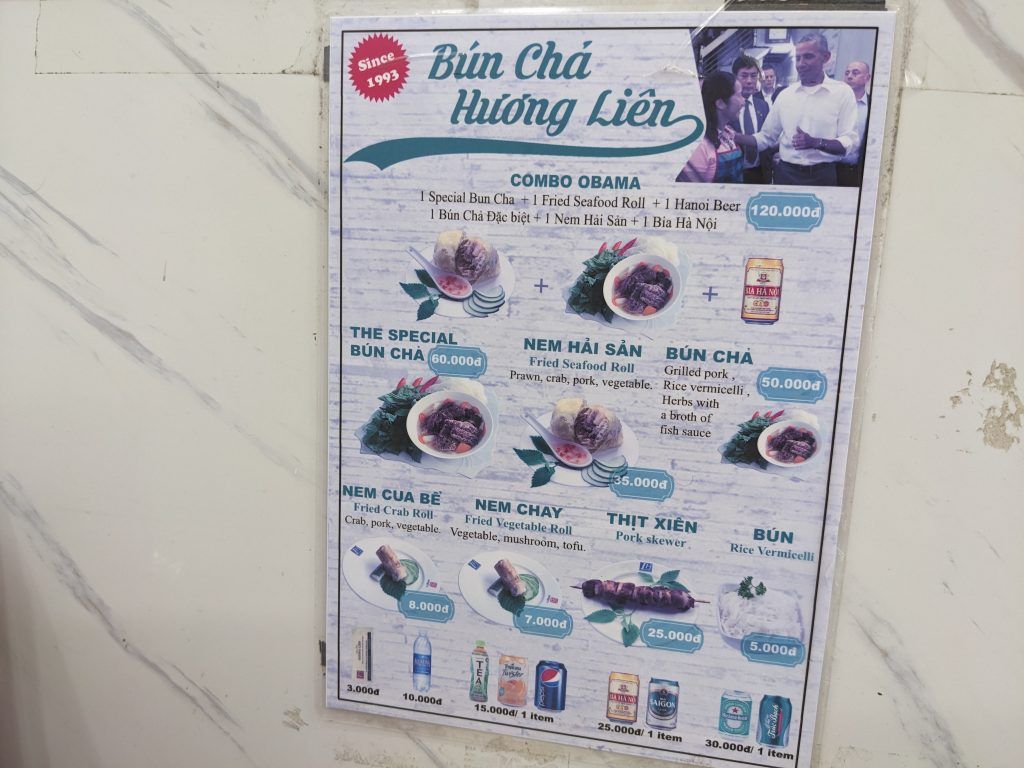
They keep the booth where the two celebrities sat blocked off with the original plates from that dinner. It also got its first Michelen rating this year.
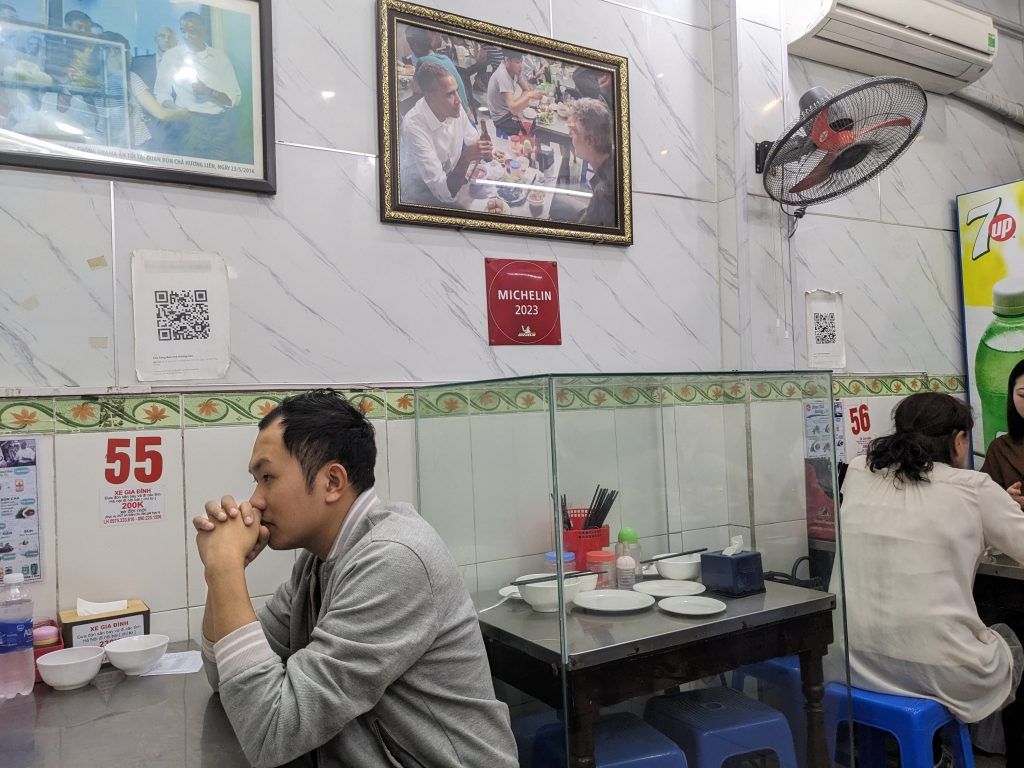
Water Puppet Show
One of the most unique experiences in Hanoi is the water puppet show. In the past, when the rice fields would flood, villagers would create these shows to entertain their children. Now the main theater in Hanoi is a huge tourist attraction and the group there has done numerous global tours.
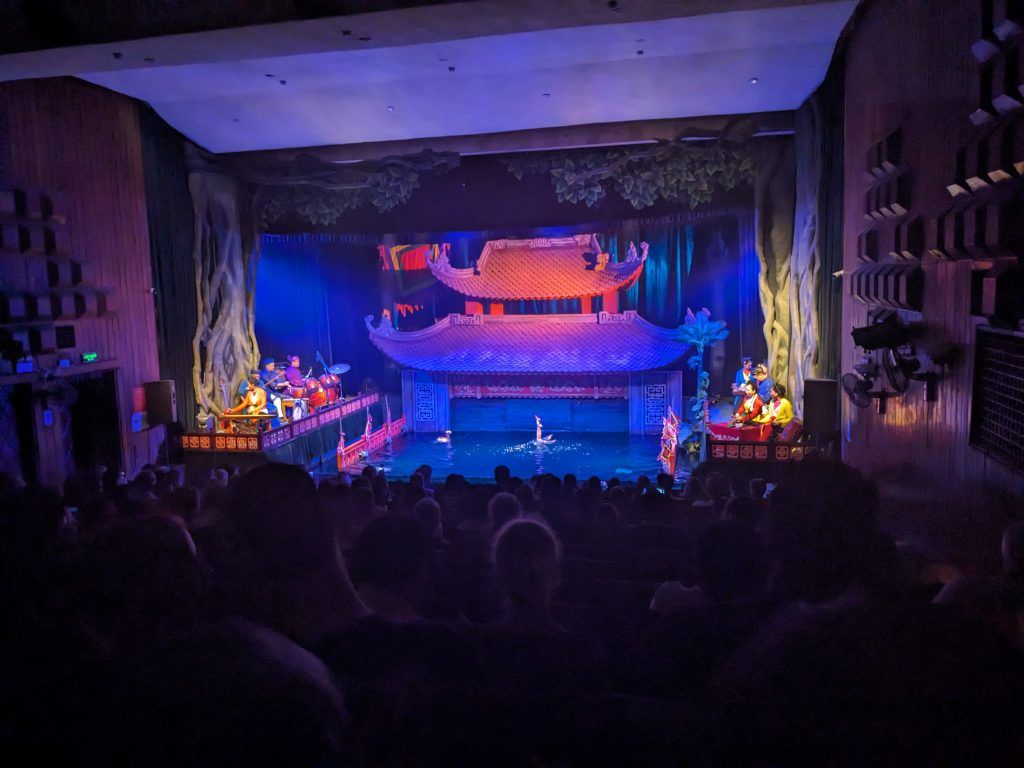
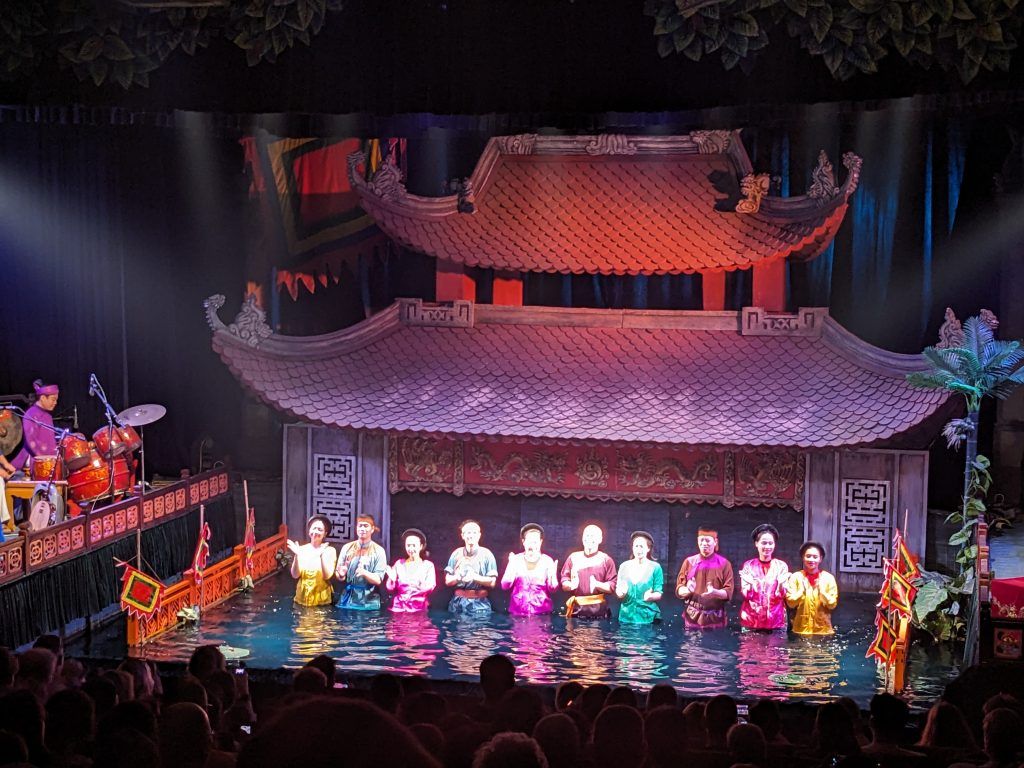
Temple of Literature
The Temple of Literature is an oasis of tranquility within the urban intensity of Hanoi. It was built in 1070 and it hosted the Imperial Academy, Vietnam’s first national university, from 1076 to 1779.
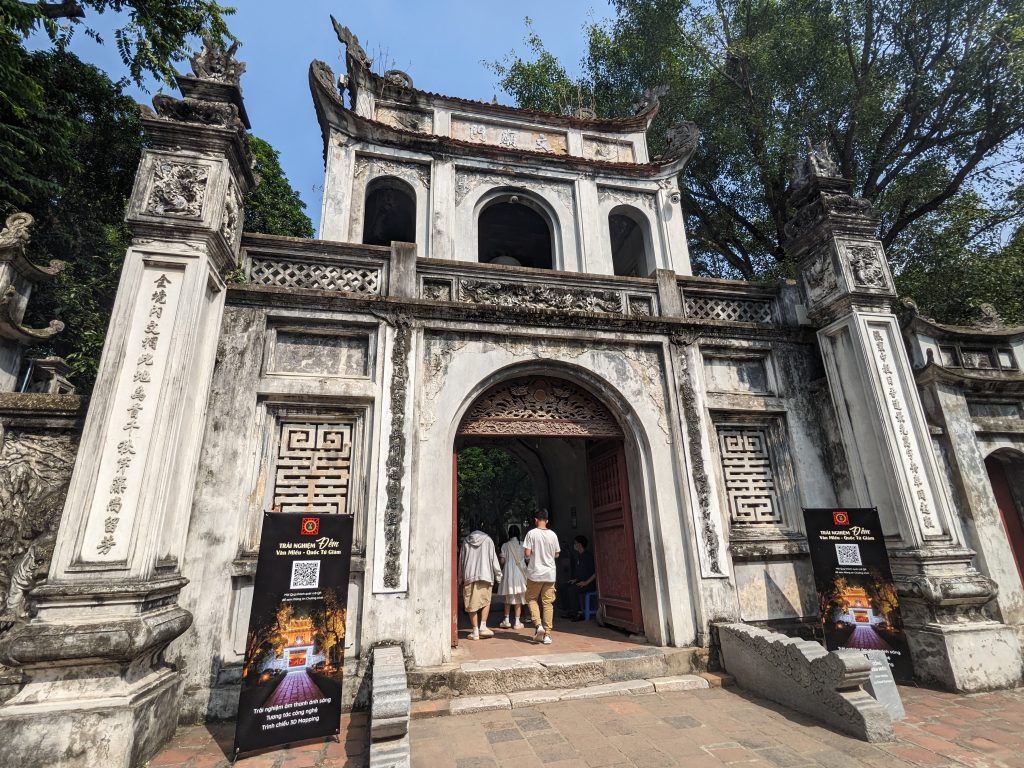
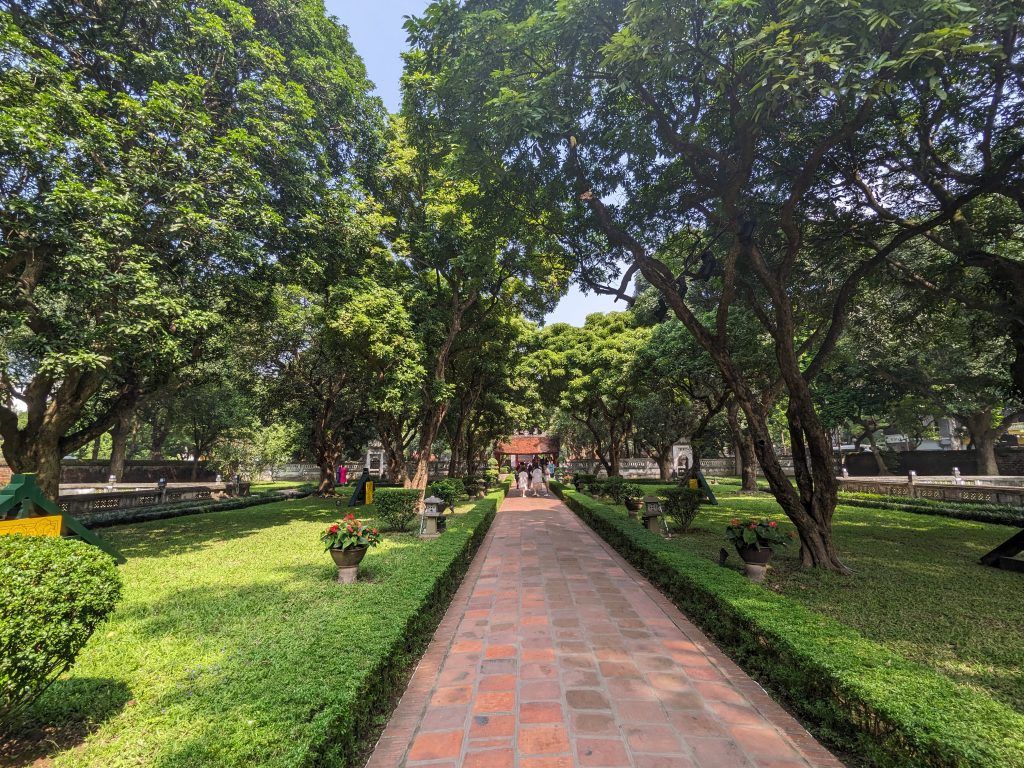

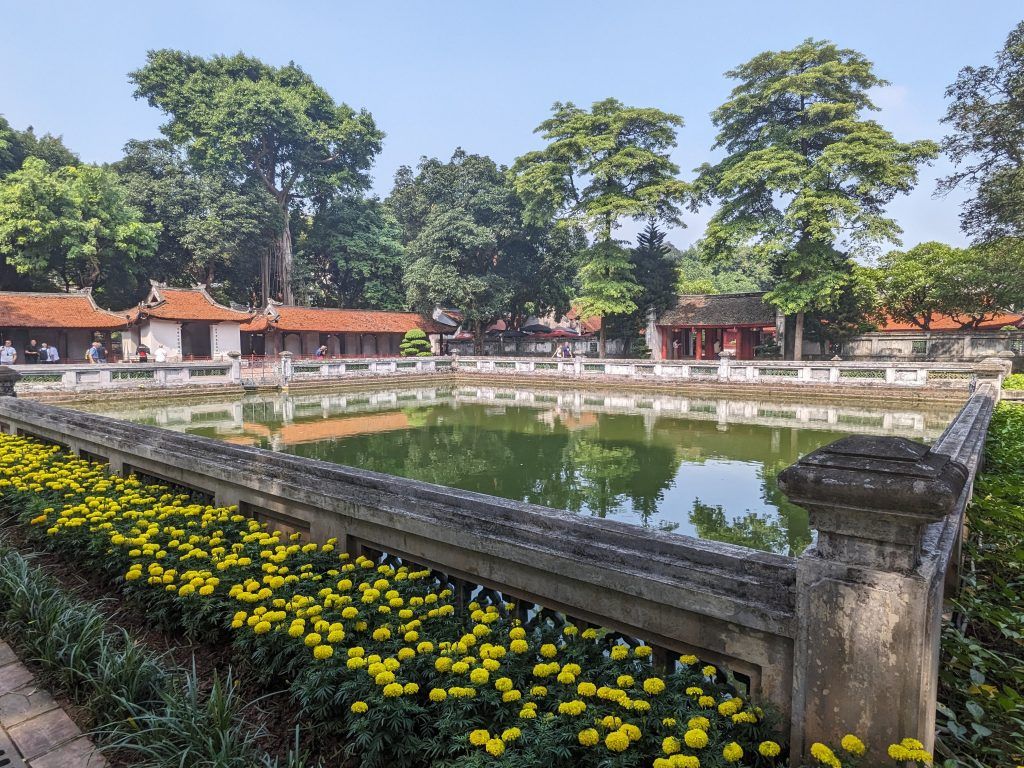

Hoa Lo Prison
Hoa Lo Prison was built by the French starting in 1886 and consistently expanded until 1913. While it was built to ultimately hold 600 prisoners, many times it held over 2,000 Vietnamese prisoners in incredibly awful conditions. It had become a symbol of colonialist exploitation and of the bitterness of the Vietnamese towards the French. Many of the future leading figures in Communist North Vietnam and Viet Minh spent time in the prison during the 1930s and 1940s.
During the Vietnam War (or The American War, from the Vietnam viewpoint), the prison was one of the primary places used to house American pilots shot down during the war. It was unaffectionately known as the “Hanoi Hilton” by the prisoners. The section that housed the American pilot artifacts was closed while I was there.
The tourist entrance to the former prison.
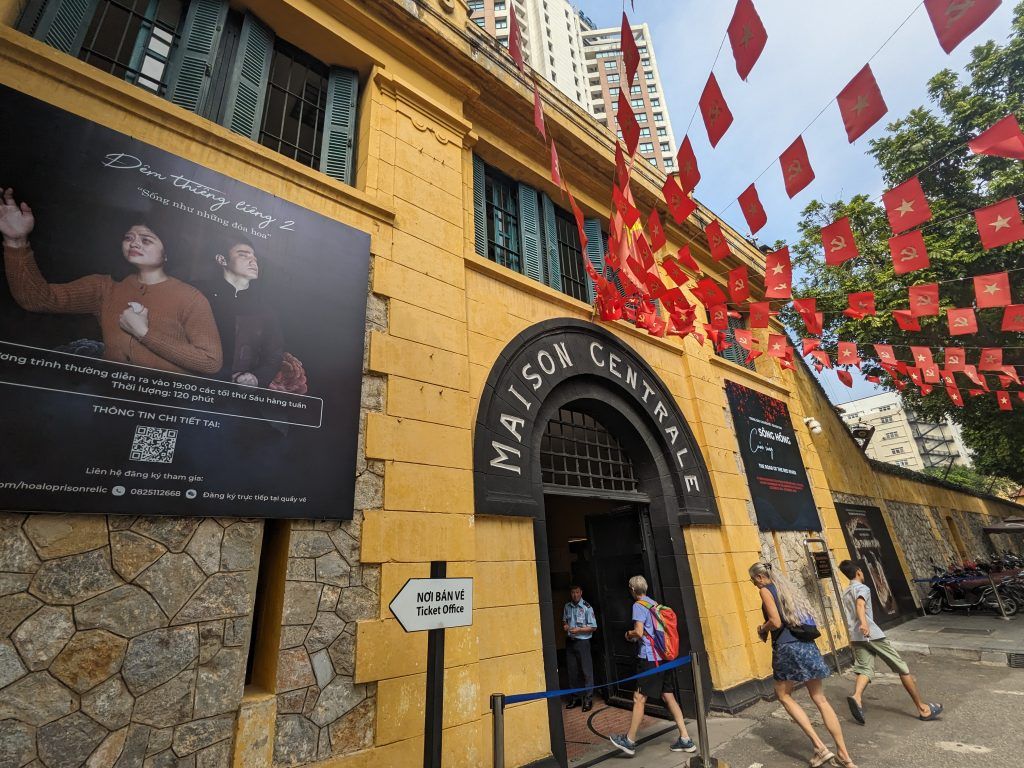
One of the outside walls with the small cellblock windows on the side.

A rendering of the layout of the prison.

An picture of how bad the conditions were for the Vietnamese prisoners.

One of the horrific isolation cells.
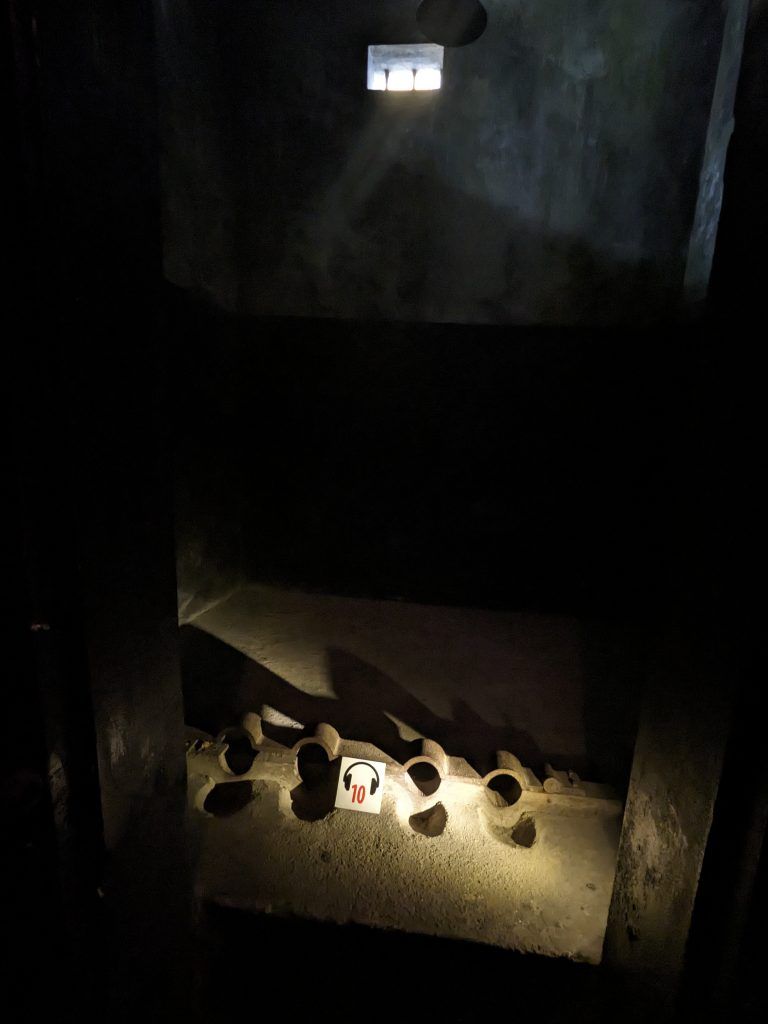
Lotte Observation Tower
Lotte is one of the large Korean chaebol conglomerates. They have a 65 story tower in Hanoi that included a flagship hotel and shopping center. The observation deck on the top floor offers an amazing view of the city.

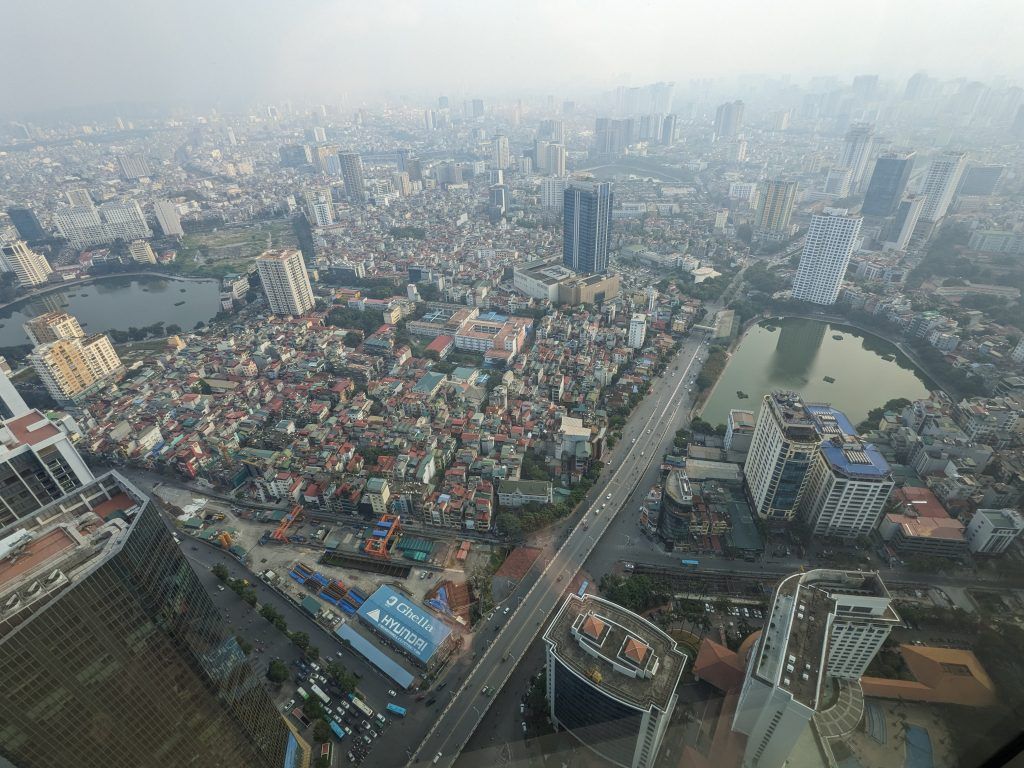
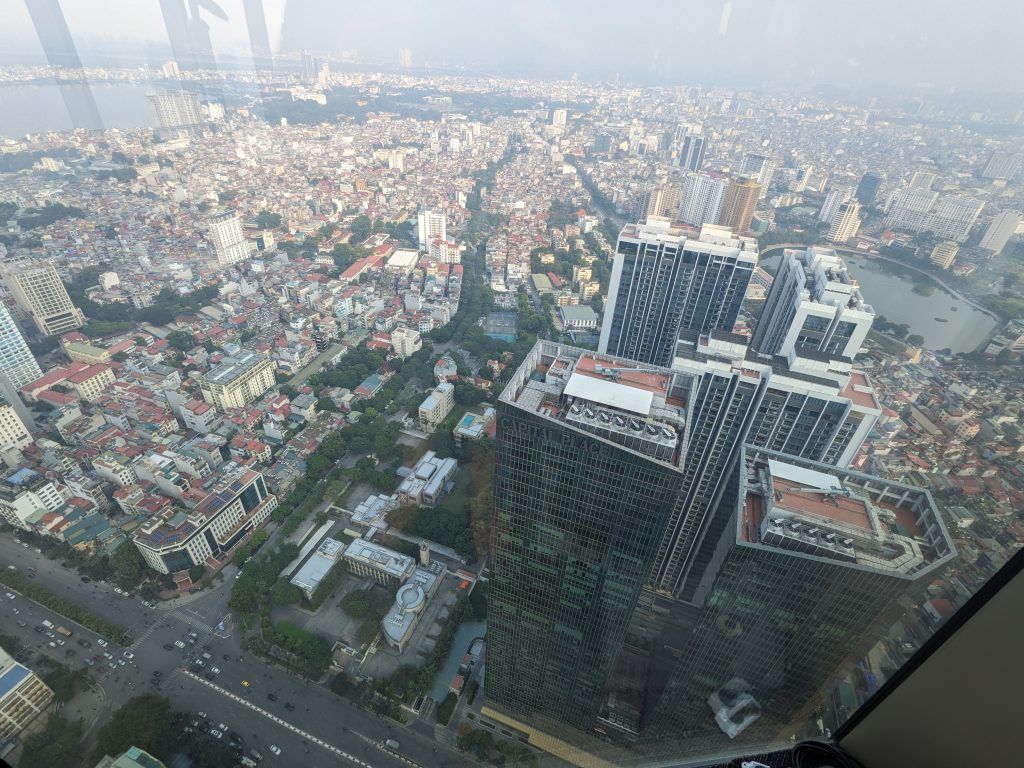
The coolest part was being able to walk out on a glass ledge and look down 65 floors to the city below you.

I stayed in a wonderful Airbnb apartment on the 5th floor of a family home in central Hanoi.
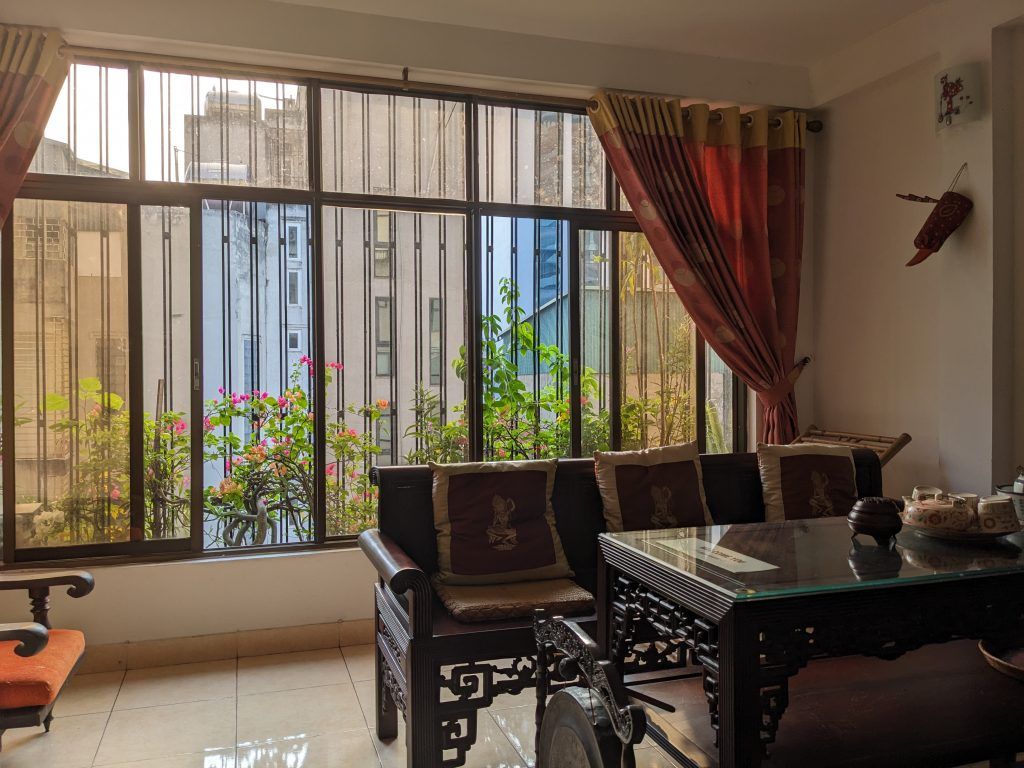

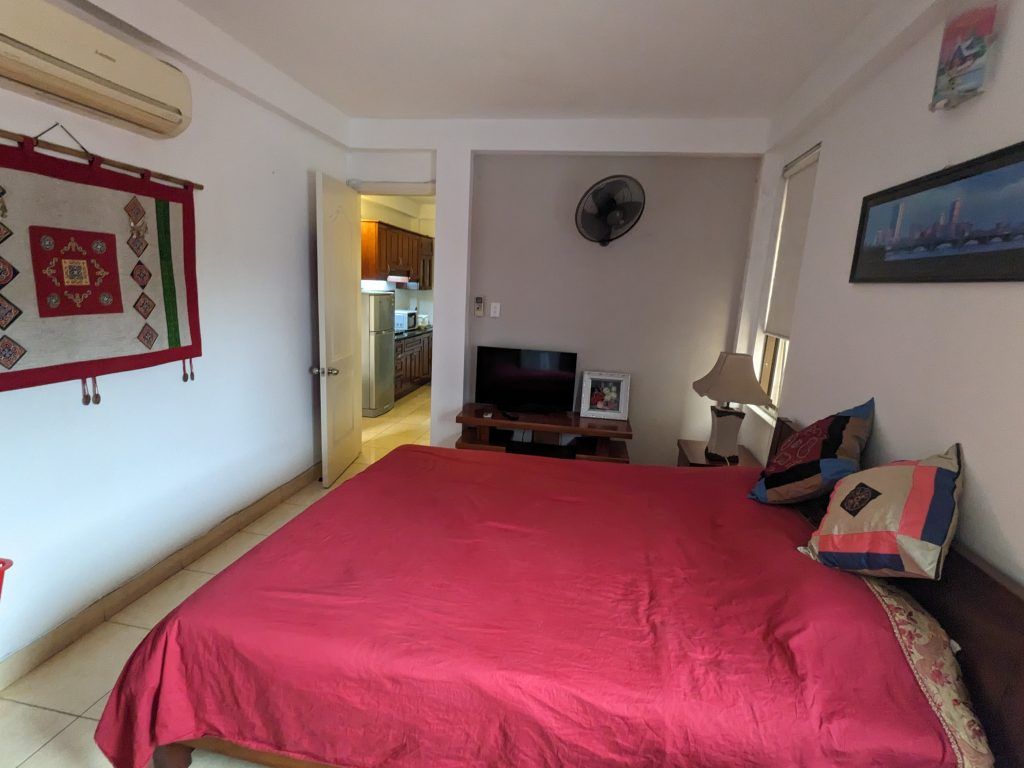
Because buildings are taxed on their footprint, not their total square area, buildings in Hanoi are skinny and tall. Hence the tight five flights of stairs I had to navigate to and from my apartment.

I entered through a small alleyway on the street…

…and then had to walk down two alleys to get to the building.

We had a family dinner with Mr Phong and his wife and two other long term tenants, a Japanese women working for their Embassy in Hanoi and her Indian husband who was working in IT for Uniqulo. They met in Japan and he was able to get a long term transfer to Vietnam to follow his wife. Mr Pho’s two sons also live there with their families.

Mr Pho is 71 and he got his undergraduate degree in Poland, back when both countries had joint communist exchange programs. It’s a fascinating story. Back then if there were two boys in the family, one was required to fight in the war against the US. He was the youngest and his brother won a scholarship to study in the USSR. So he thought he would have to fight. But he took and passed the key college exam for these socialist country exchange programs and, luckily, there were openings at a university in Poland. So he was able to spend 5 years there and avoid the war. It’s surprisingly similar to the US where people tried to stay in college to avoid the draft during that period. He studied statistics and English while he was there. When I asked him why he studied English, and not Russian, he wasn’t sure, but he thinks it was because it was closer to Polish. They all had to learn Polish their first year there.
He came back from Poland in 1975, as the war was ending, and starting working in the government. Unfortunately, soon after China invaded Vietnam for a short period of time and then kept up an 8 year border war. So he had to serve in the Army for 8 years, but luckily not in a combat role. After that, he came back into the government statistics office and retired as head of their social services group. He also got an American MBA at a small college near Boston in the early 2000s, and lived there for those 2 years. He then got his PhD from an Australian university in Adelaide after that. He visited the university at the beginning of the program and was able to do the rest while he was still working in Hanoi. His thesis was on the statistical foundations of the improving living standards in Vietnam, so he was able to match his PhD studies with his normal work.
The country started opening up economically gradually after the fall of the USSR in 1989, but really didn’t start opening up to tourists and visitors until about 5 years later. He said before that, any association with Westerners was dangerous for Vietnamese. When I visited SE Asia in 1994, it would have been difficult to get into Vietnam. None of the other travelers I met then were even thinking of going there, and these were pretty adventurous people.
Bai Tu Long Bay
I did a two day, one night tour to Bai Tu Long Bay. The bay is located about a four hour journey east of Hanoi. It’s known for its tranquil bays set among incredibly beatiful limestone karsts.
We took a two hour van ride, then had a 30 minute ferry, and finally another 30 minute van ride to get to our boat. Here’s a view of the cramped, but effective, ferry.
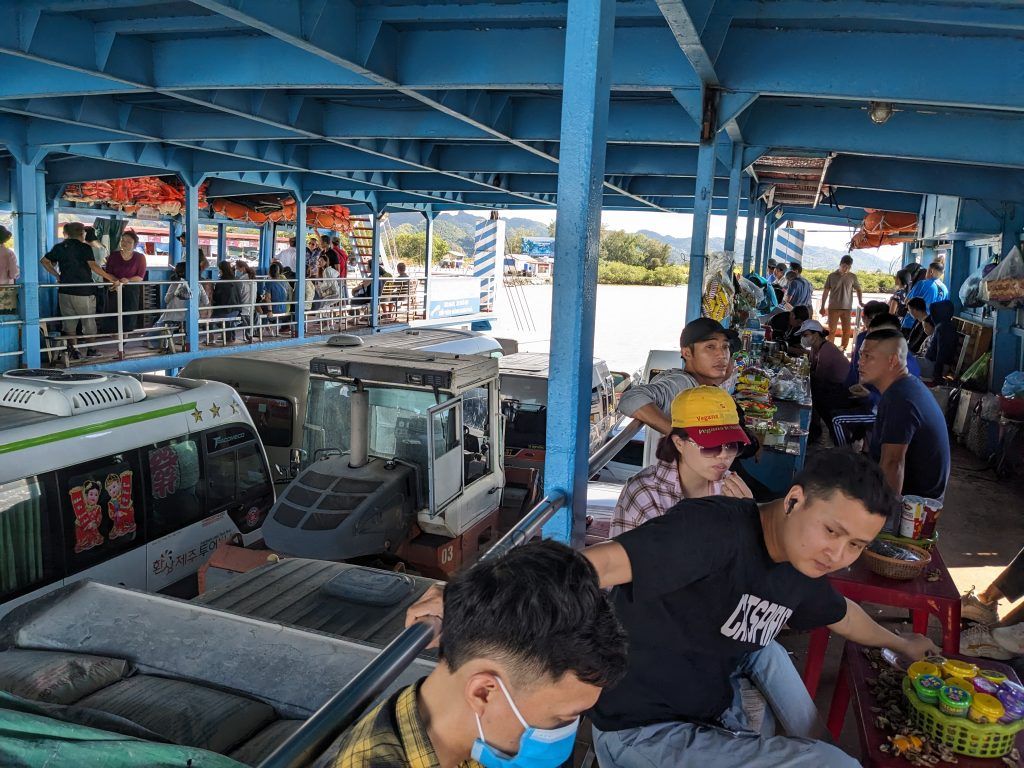
The boat was incredibly comfortable and the crew was fantastic.

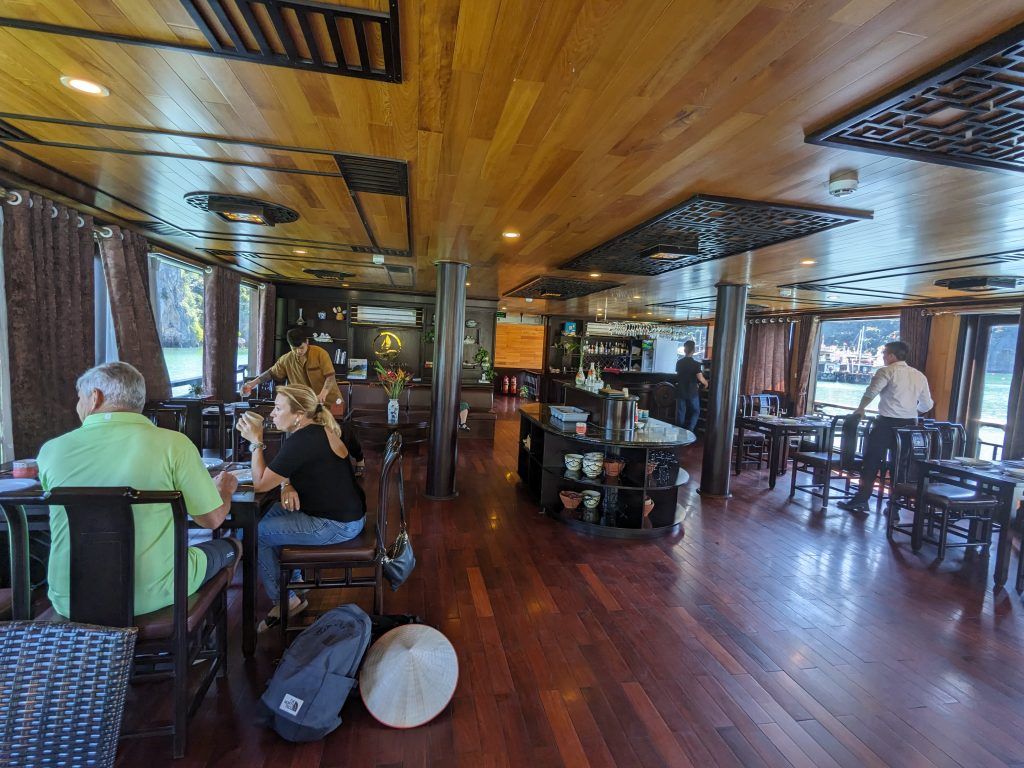
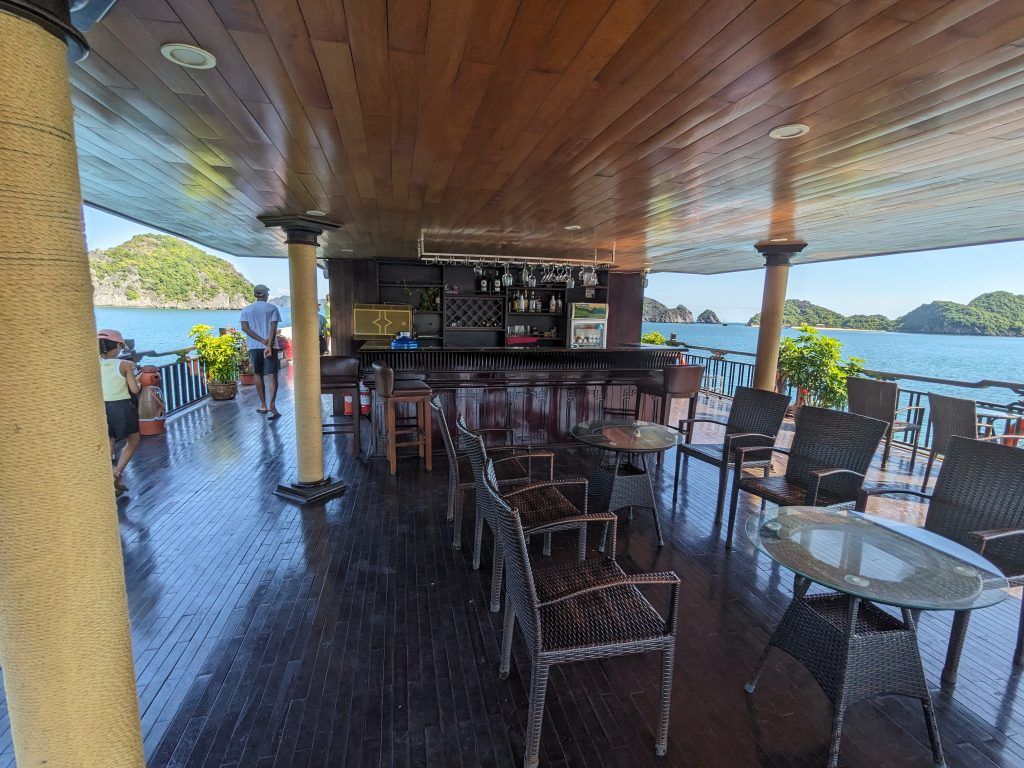
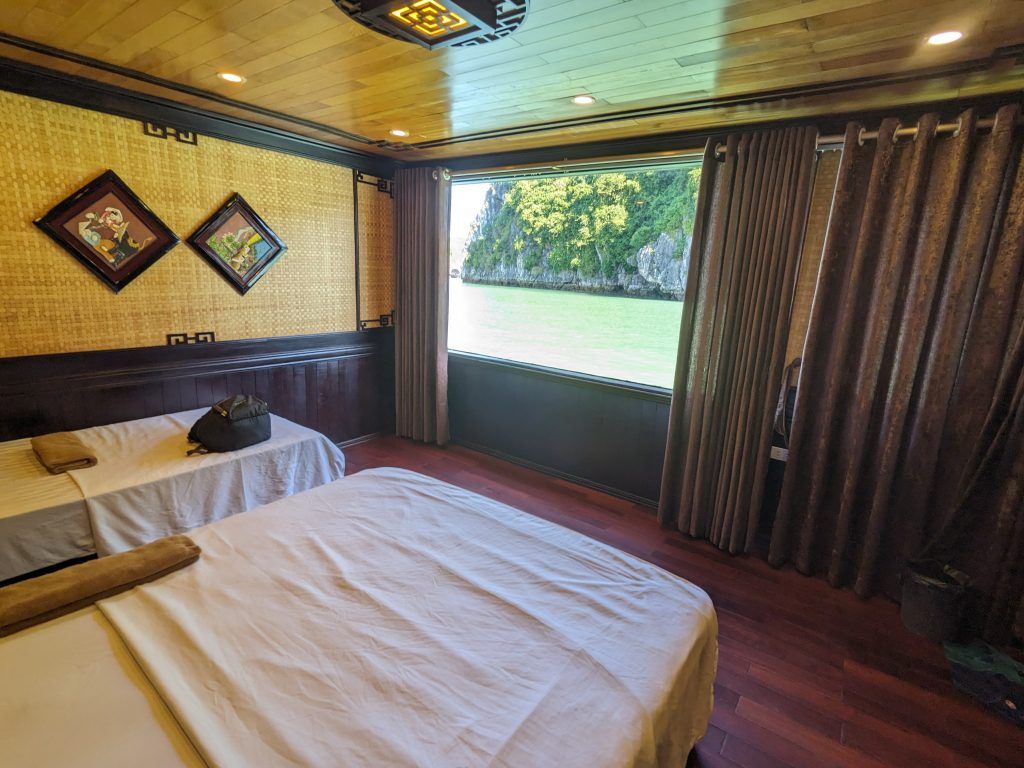
The highlight was spending over two hours kayaking amongst the incredible karst landscape. Unfortunately, none of my pictures with my GoPro came out very well; water on the lense made things fuzzy . But you can still get a sense of how beautiful this area is from the pictures I took from the boat as we sailed around the area.

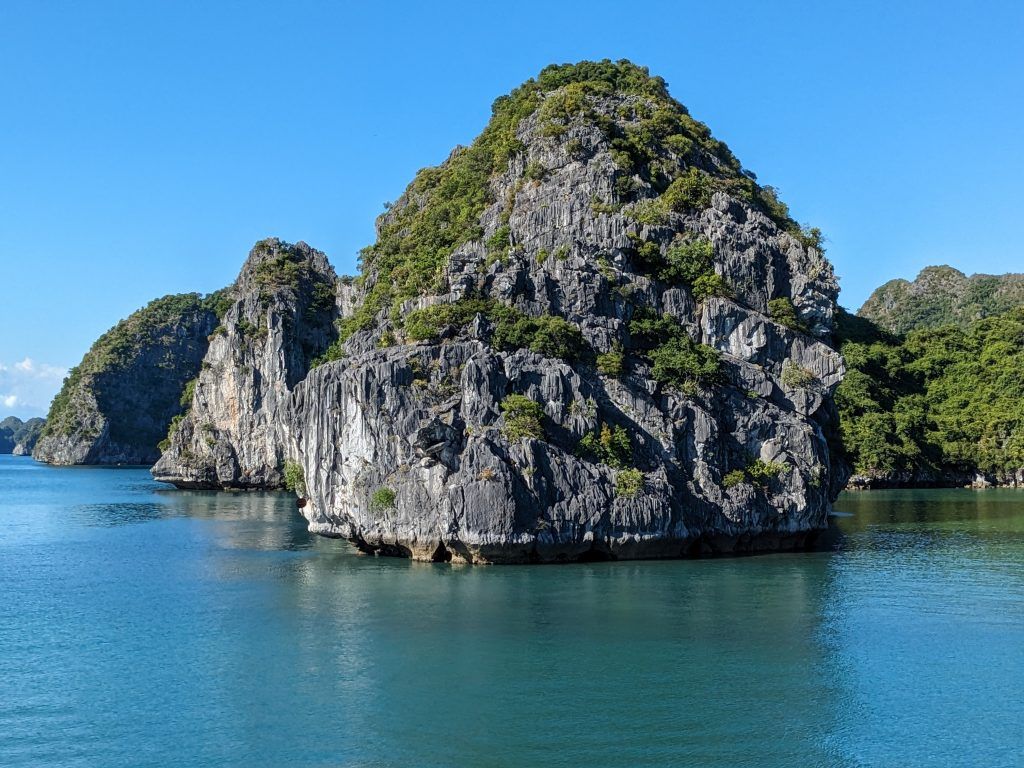
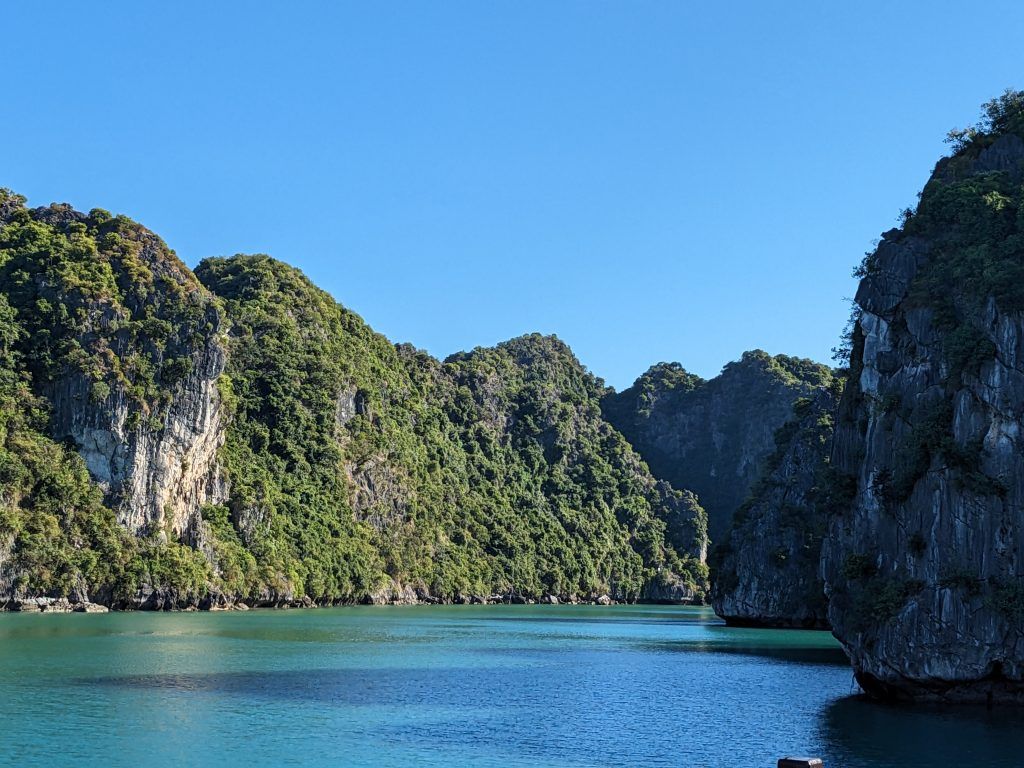
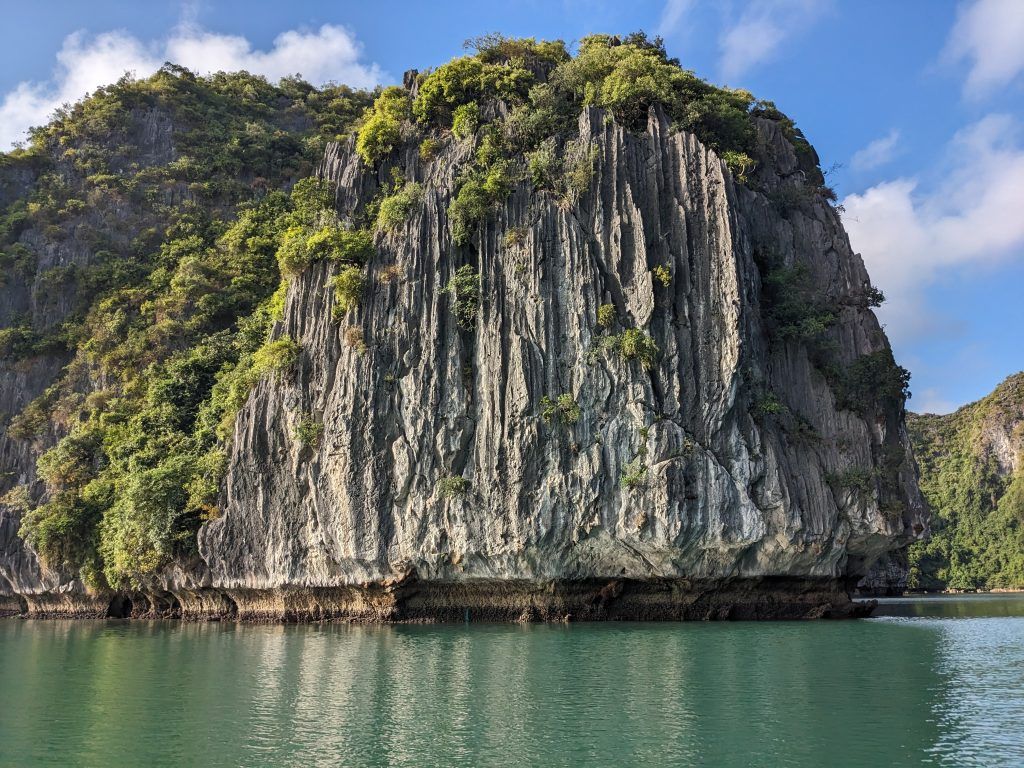
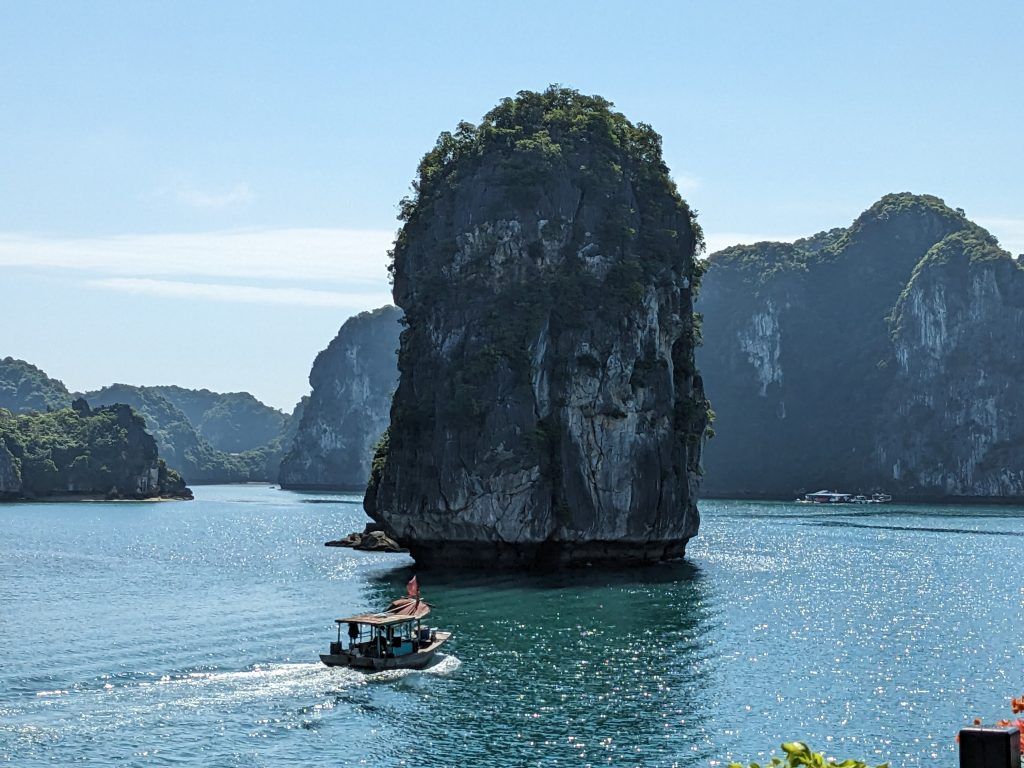
We spent our second morning walking around a lovely village in the area.
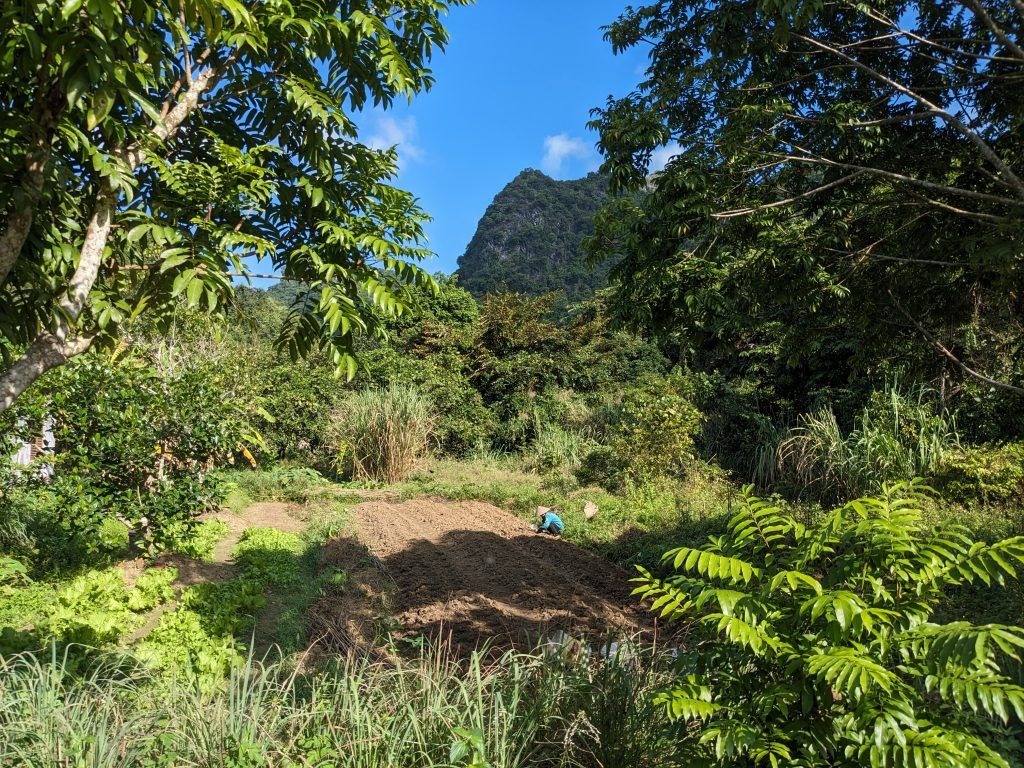

As we ended the tour we passed a small, floating village.
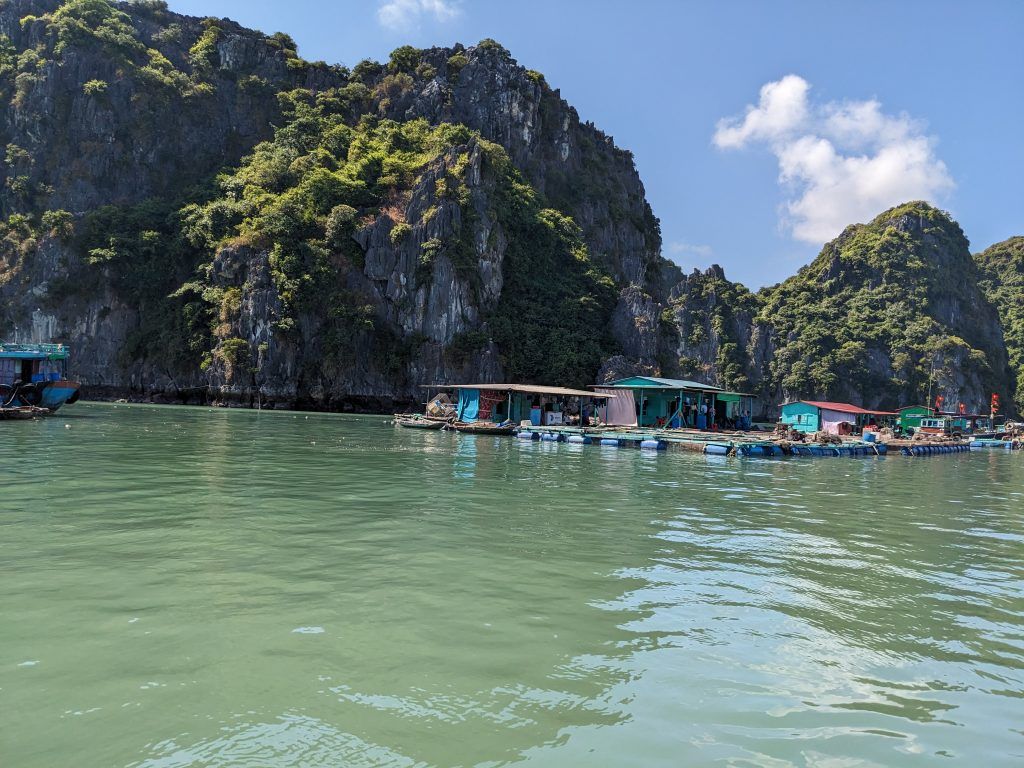
Ninh Binh, Trang An and Tam Coc
I did two day tours to the Ninh Binh area. Ninh Binh was the capital of Vietnam until about 1,000 years ago when it was moved to Hanoi. The area is known for its fantastic karst landscapes.
The first morning we visitied Bai Dinh Pagoda, which is the largest pagoda in Vietnam.


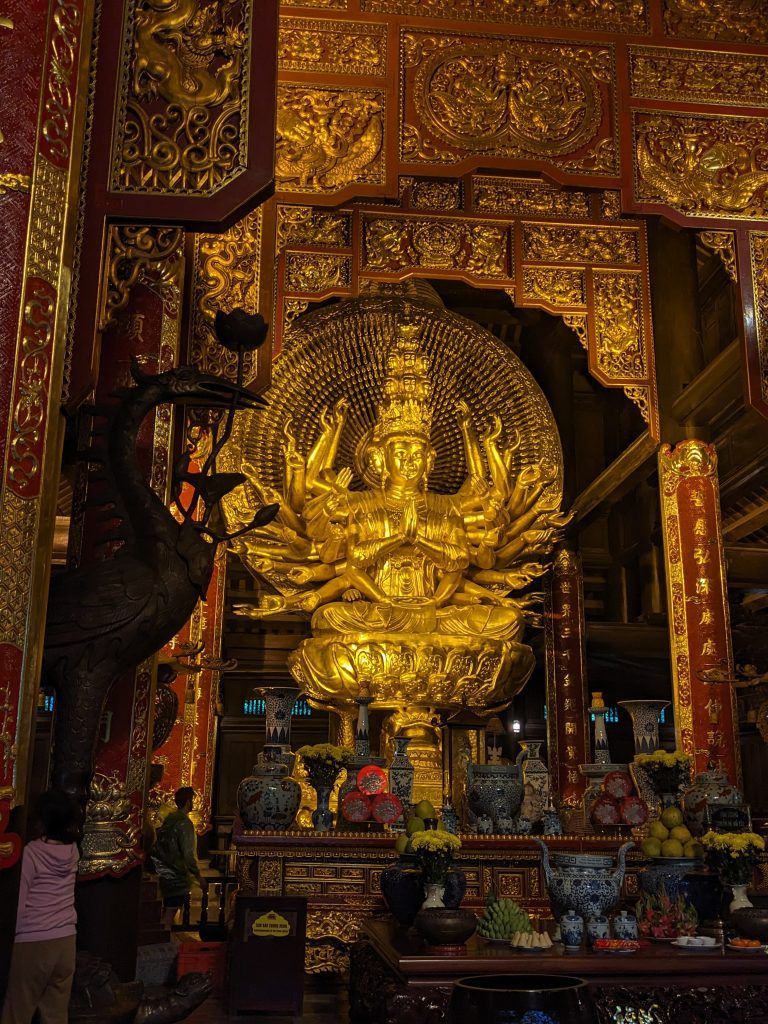
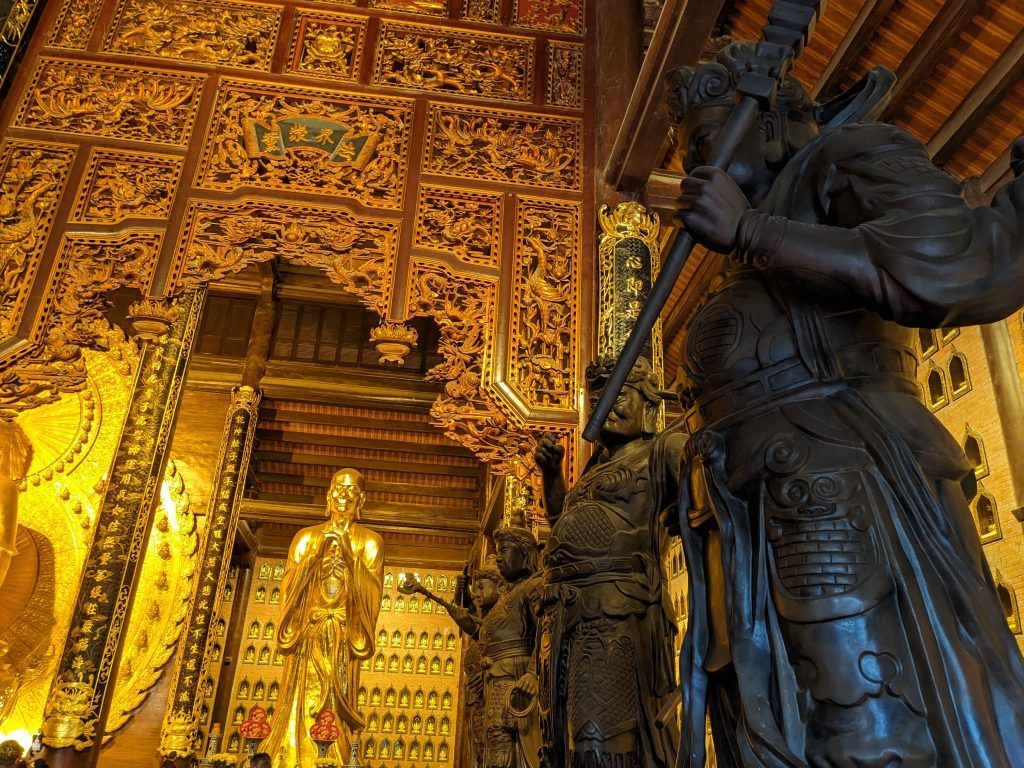
Then we got on small sampans and were rowed through this magnificent landscape. The day was cool and drizzly, but it was still a wonderful experience.
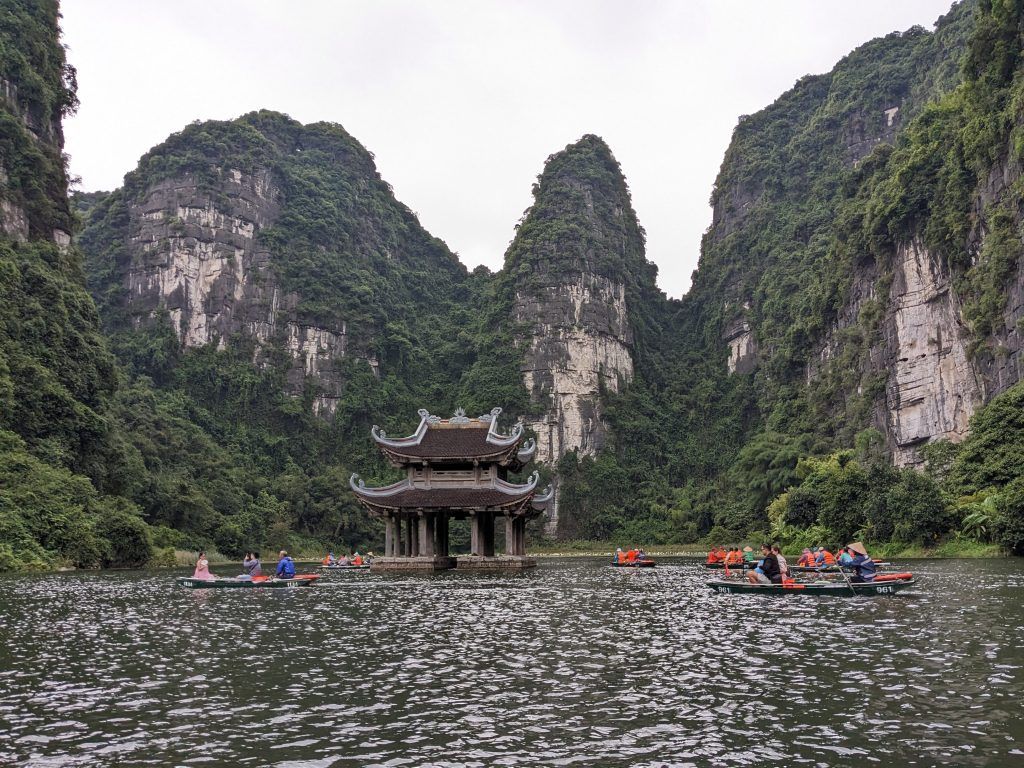

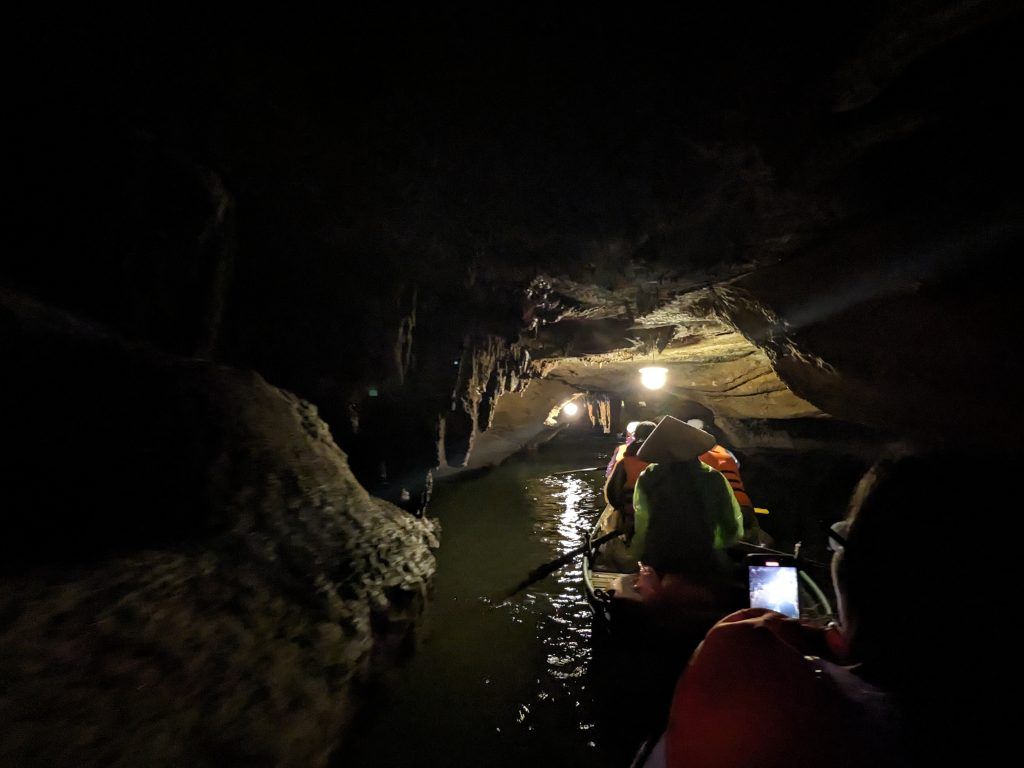
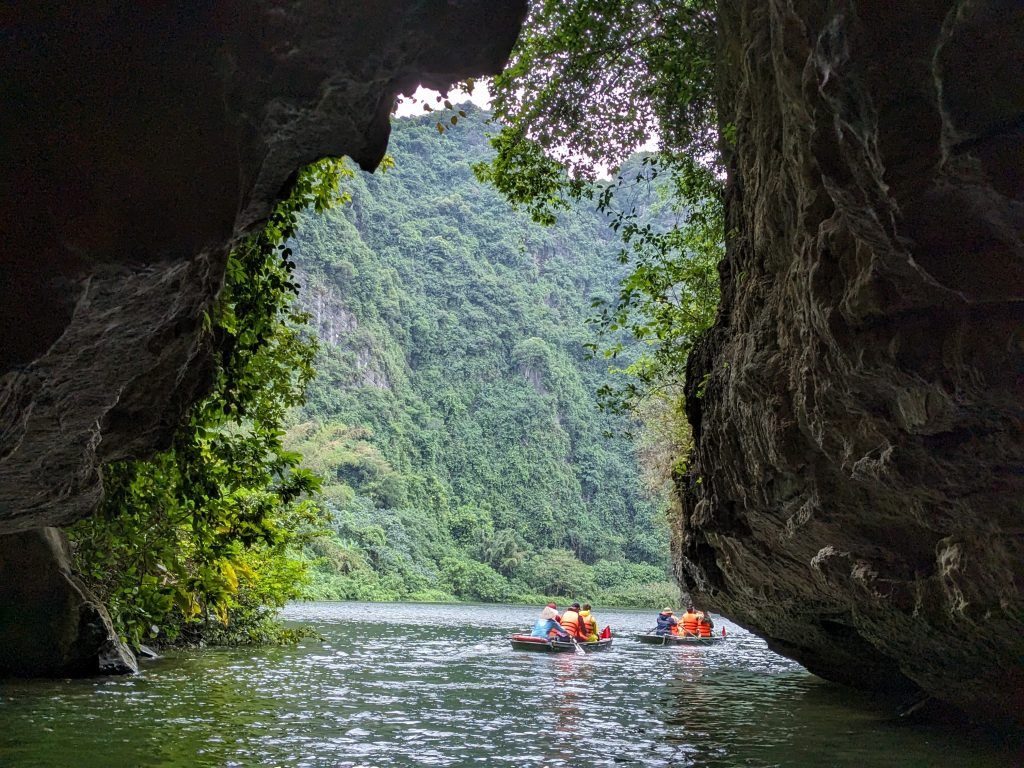
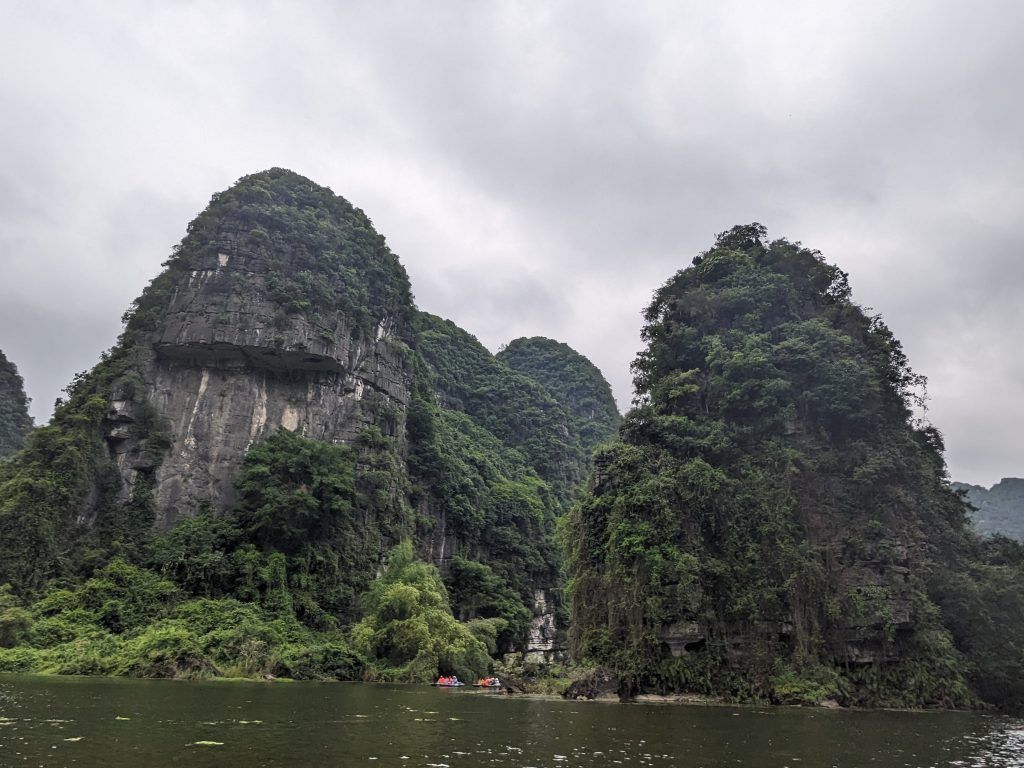
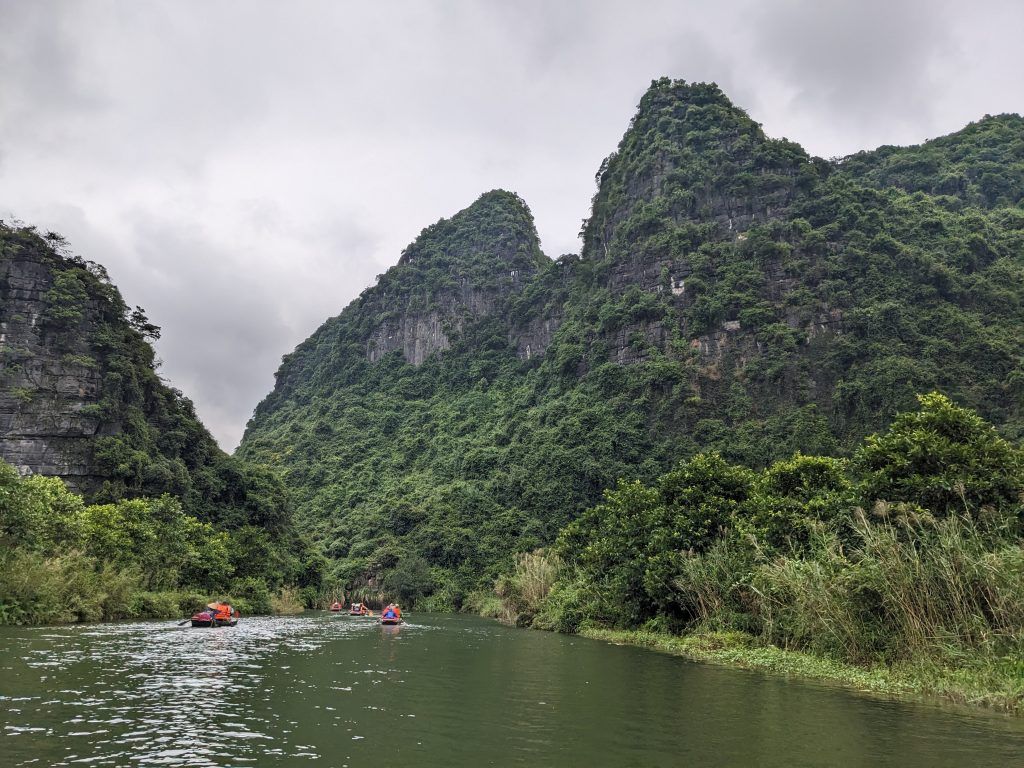
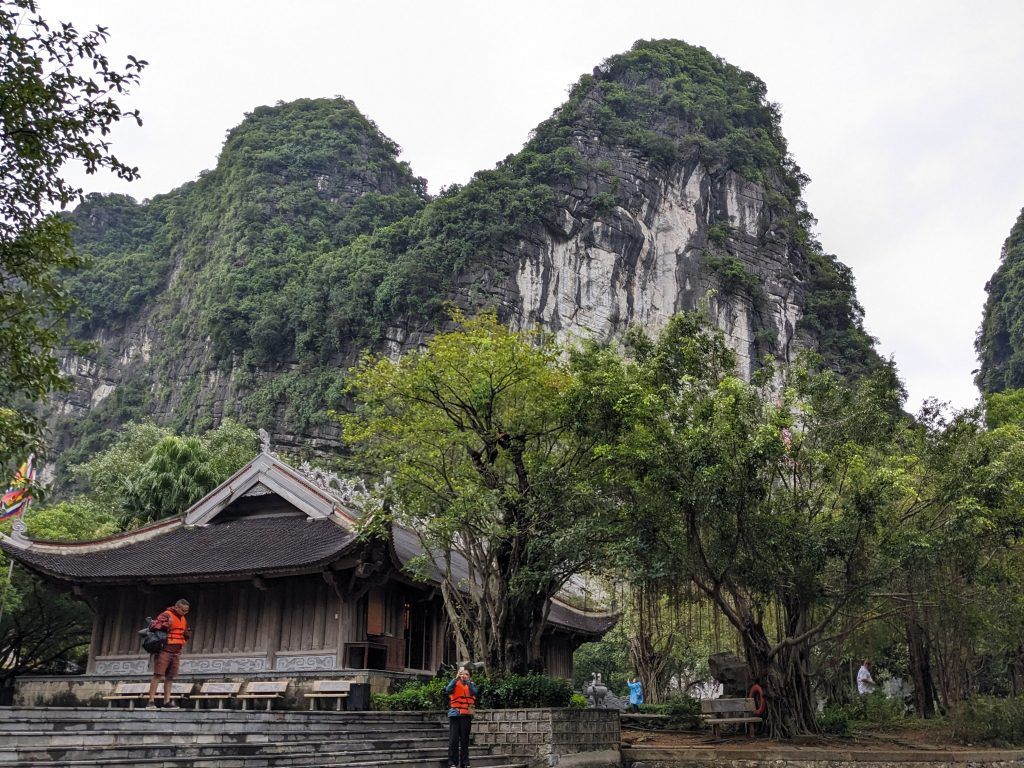
On the second day tour we started out on bicycles and rode through more incredible scenery to and from Hoa Lu, the site of Vietnam’s ancient capital.
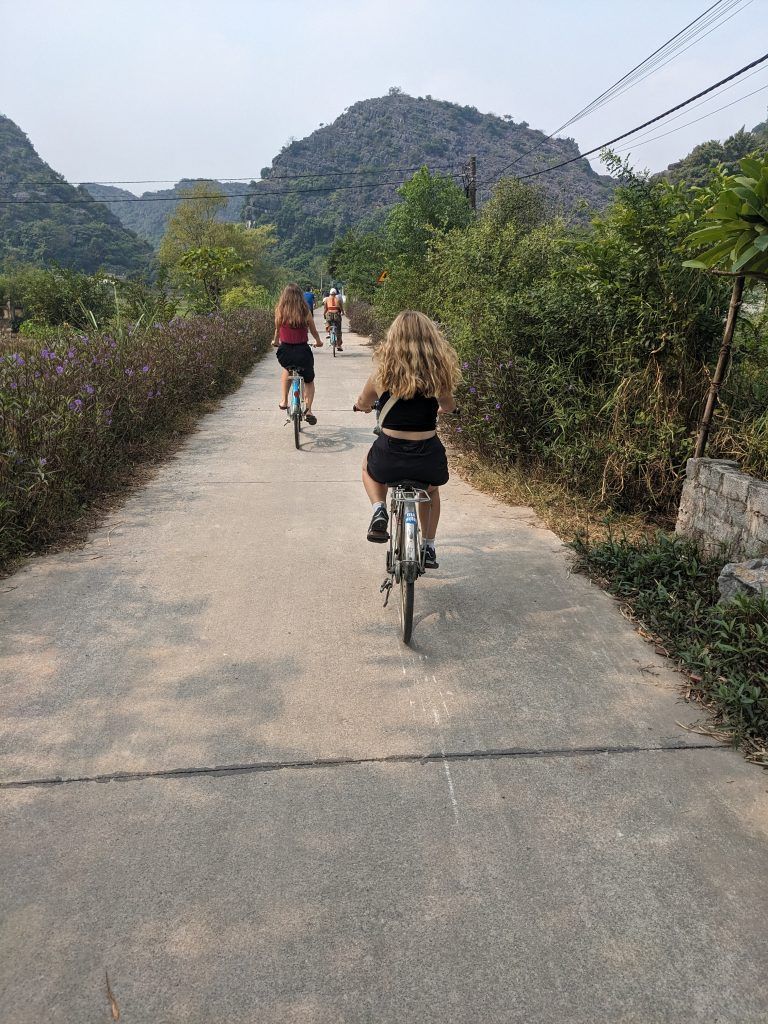
According to our guide, when the capital was moved in 1009, the temples here were destroyed because there could only be one set of capital temples in Vietnam. They were rebuilt in the 17th century and have been a tourist attraction since then.

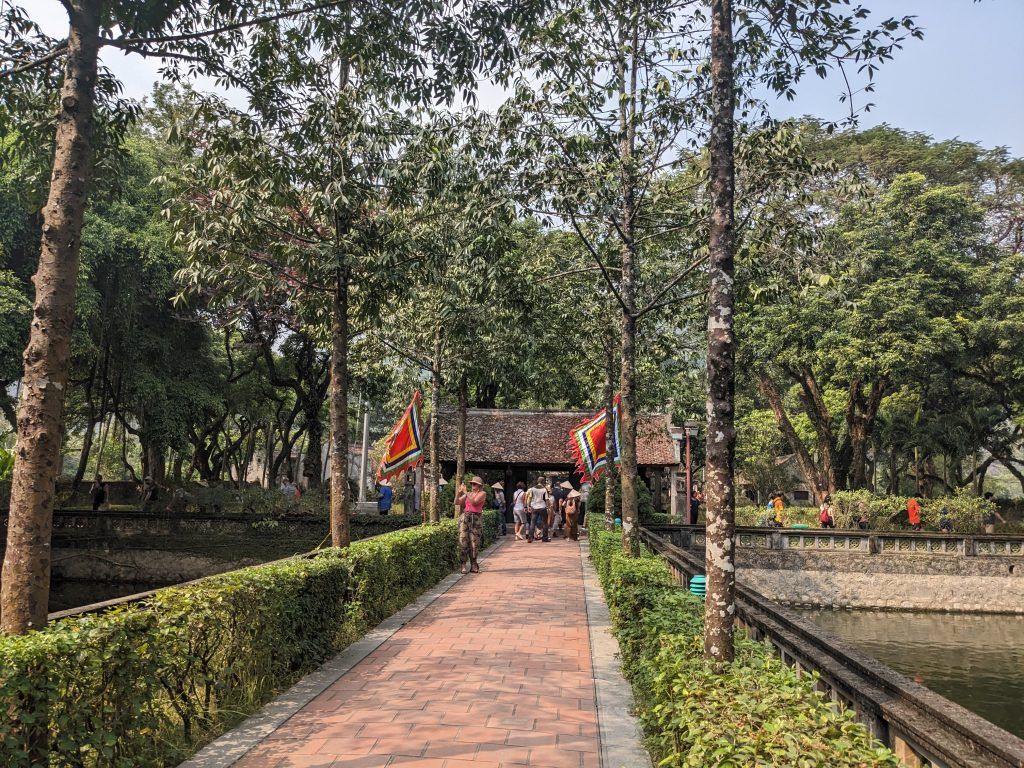

After lunch we again boarded sampans and this time we were rowed through more insanely beautiful scenary at Tam Coc.

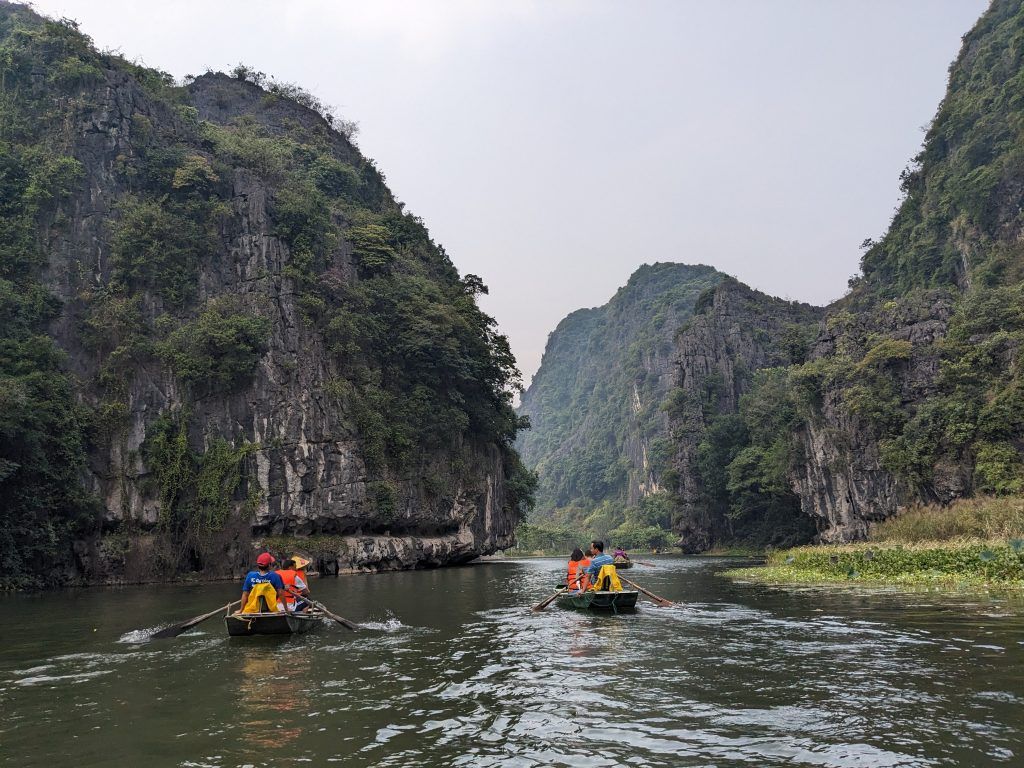
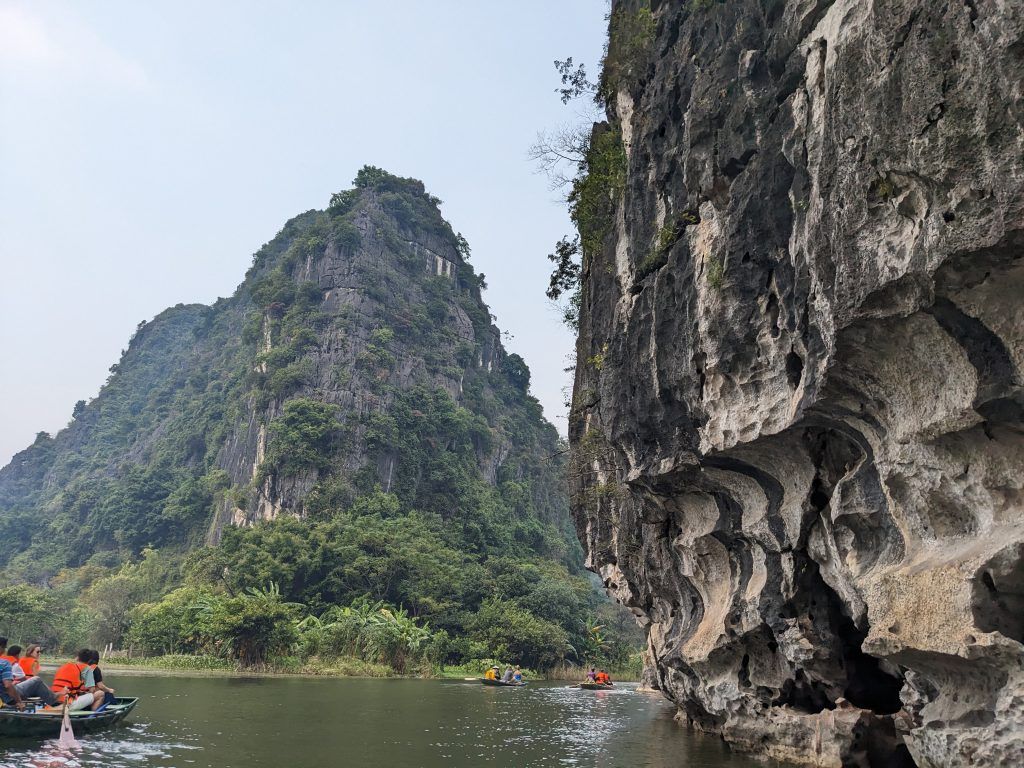
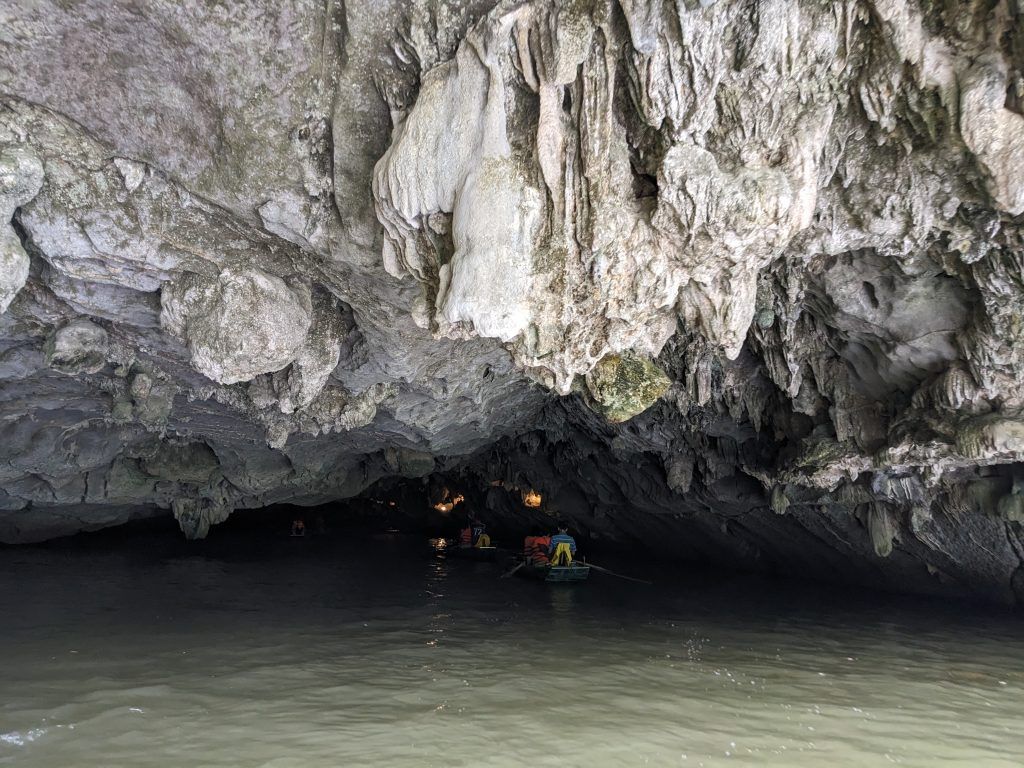

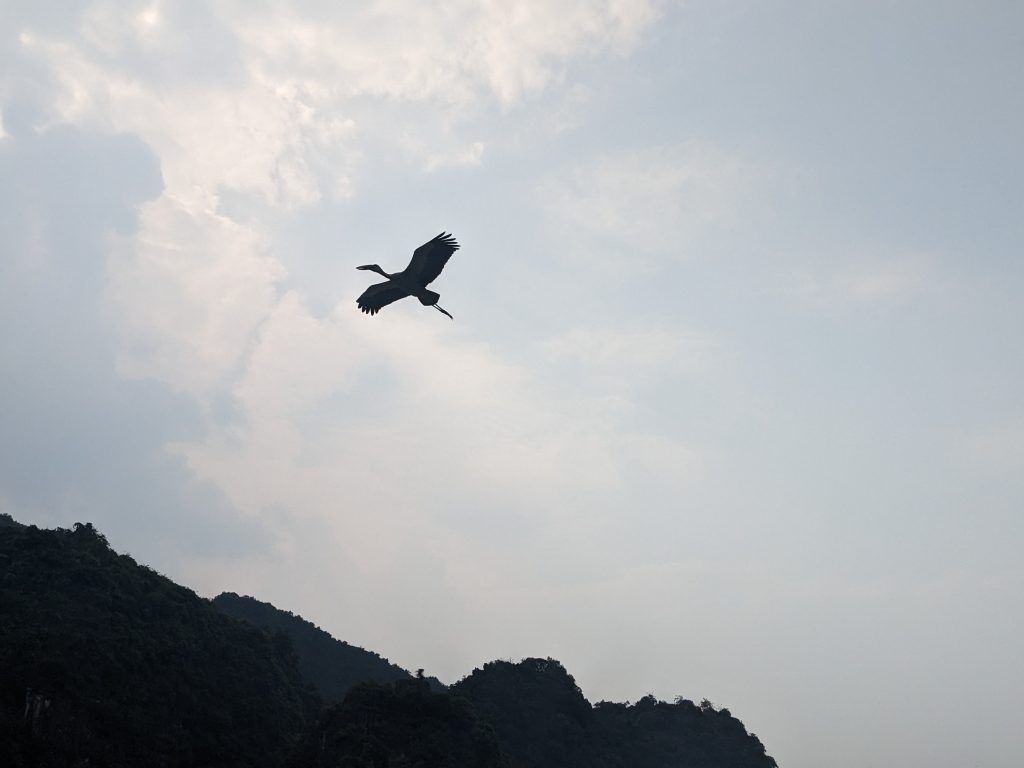
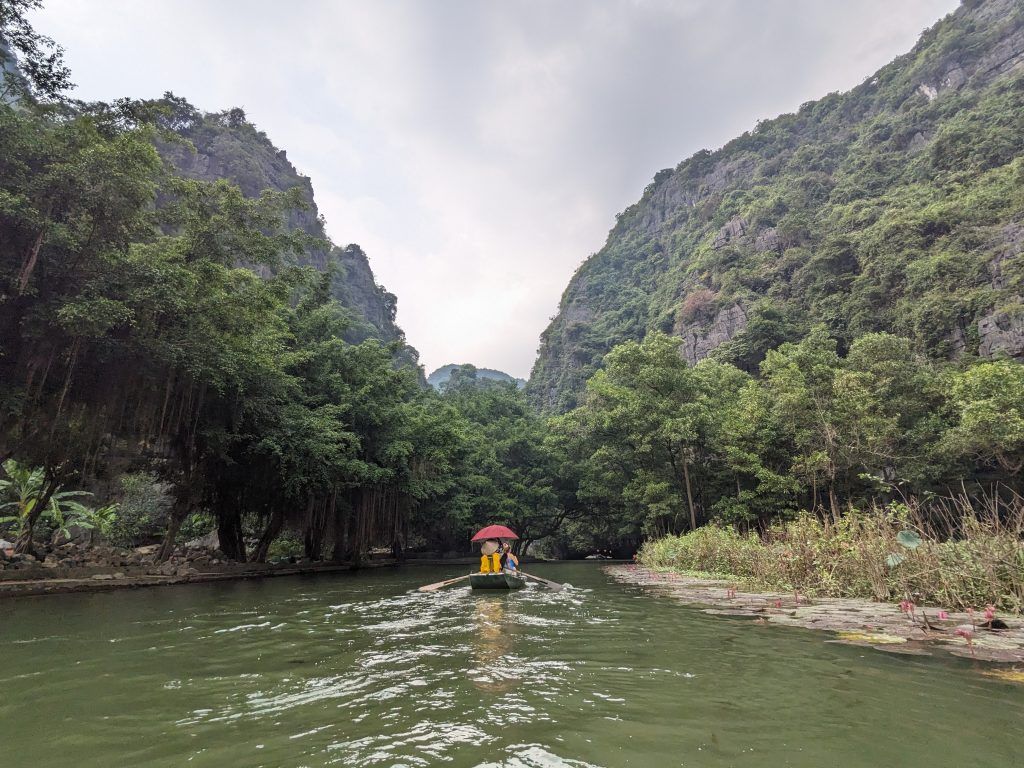

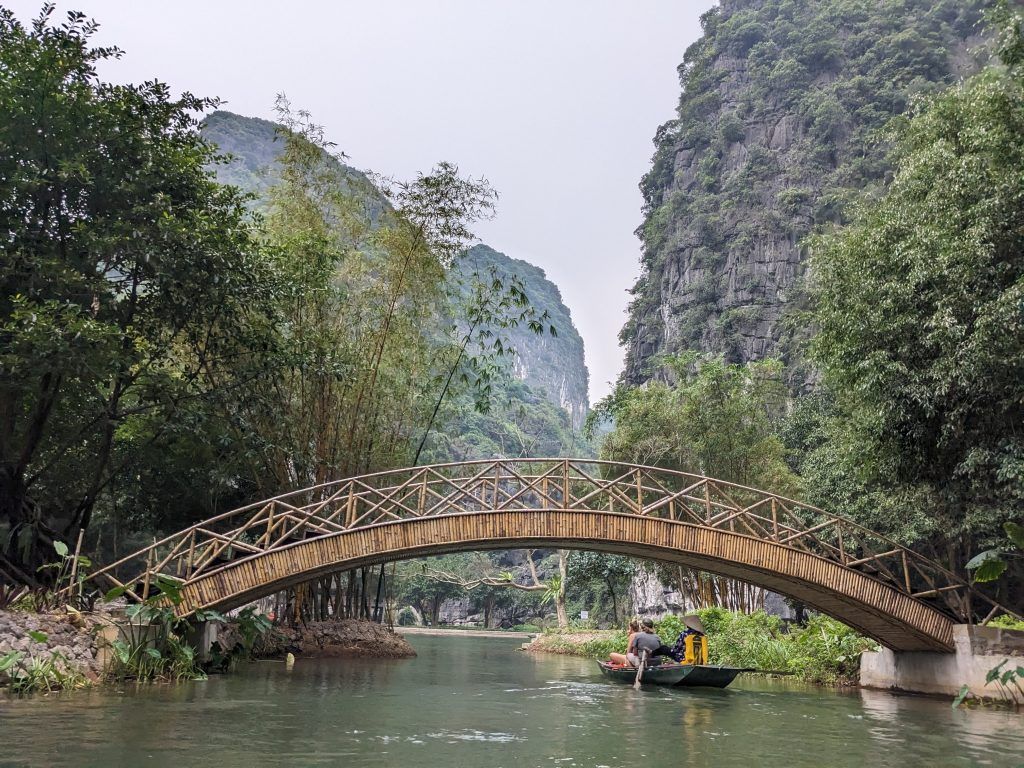
At the end we went to a new area in central Ninh Binh where two beautiful new pagodas were recently built on a long lake.

